For todays review we will be testing out the Zotac Gaming RTX 4070ti AMP Extreme AIRO. Founded in 2006, Zotac is a computer hardware manufacture based in Hong Kong that specializes in graphics cards and mini PCs. With slogans like "PUSH THE LIMIT" and "LIVE TO GAME" I have high expectations. Read on to see if they can deliver.
Since the launch of the NVIDIA 3000 series graphics cards, we’ve seen an unprecedented boost in gaming performance. This new generation of cards boasts a larger percent improvement beyond the previous generation than we’ve ever seen before. While there’s no doubt that the RTX 3090 and 3080 cards are truly impressive for gaming, the downside usually comes down to price for most buyers. So, does this new 3000 series include anything for budget-oriented gamers? ZOTAC recently added a new member to its gaming division of graphics cards, which has been built around the NVIDIA Ampere architecture. With enhanced RT cores, tensor cores, streaming multiprocessors, and high-speed GDDR6 memory, the ZOTAC GAMING GeForce RTX 3060Ti Twin Edge might just be the new price-per-performance budget, gaming king. Join us as we take a deeper look at this GPU and put it to the test with games and synthetic benchmarks.
Specifications
The RTX 3060Ti GPU effectively has three different processors all rolled into one die. Firstly, there’s the programmable shader, which was originally introduced over 15 years ago but has been updated with every generation. Along with that, they’ve upgraded the RT Cores to accelerate the ray-triangle and ray-bounding-box intersections, and lastly, there’s the AI processing pipeline called Tensor Core. The RT core is now in its second generation, and the Tensor core in its third.
RTX 3060 Ti GPU core specifications:
- Programmable Shaders: Increased to 2x shader calculations per clock versus 1 on Turing—16.2
Shader-TFLOPS compared to 7.2 TFLOPS. - 2nd Generation RT Core: Ray-triangle intersection throughput is now doubled so that the RT
Core delivers 31.6 RT-TFLOPs, compared to Turing’s 21.7. - 3rd Generation Tensor Core: New Tensor Core automatically identifies and removes less
important DNN weights and the new hardware processes the sparse network at twice the rate
of Turing—129.6 Tensor-TFLOPS with sparsity compared to Turing’s 57.4 TFLOPS.
The new NVIDIA core also includes great advancements with artificial intelligence.
Deep Learning Super Sampling (DLSS), first introduced in the Turing architecture, leverages a deep neural network to extract multidimensional features of the rendered scene, and intelligently combine details from multiple frames to construct a high-quality final image that looks comparable to native resolution while delivering higher performance. Essentially, the Tensor Cores allow DLSS to speed up your game, all while providing comparable images—sometimes even more detailed images. DLSS is further enhanced on NVIDIA Ampere architecture GPUs by leveraging the performance of the third-generation Tensor Cores. –NVIDIA
Their new DLSS 2.0 utilizes AI rendering to boost performance and frame rates while making image quality better. This becomes even more important and relevant as the display resolution increases. The games and applications that can make use of this technology will enjoy the increased performance.
Below are the specifications for the reference model RTX 3060Ti, as well as a few others in the 3000 series product family.
Packaging and Product Overview
Above, we outlined the reference model specifications of the RTX3060Ti. That’s the vanilla RTX3060Ti, however, we aren’t reviewing that model today. ZOTAC released their custom version of the 3060Ti, which includes changes to the PCB, factory overclocking, and also a radically different cooler. ZOTAC is known for small form factor non-reference models. Way back with the 1000 series generation, we saw aftermarket models with powerful coolers but in a smaller form factor compared to the reference designs.
What makes the ZOTAC Gaming GeForce RTX 3060Ti Twin Edge OC unique is that the memory has been overclocked from the standard 1665 MHz to a respectable 1750 MHz. This means the Twin Edge OC will likely outperform the reference model out of the box with no additional overclocking required. On this generation, they opted to not factory-overclock the core at all. We’ve seen in the past that non-reference models usually include a core and memory overclock, but this one only comes with a memory overclock. The reason for this is likely due to how this 3000 series GPU manages the boost core clock. Compared to previous generations, the boost is more aggressive and also more sensitive. We’ll cover that more later, but basically, overclocking on the core is not as critical this generation.
As for the retail unboxing experience, they didn’t leave us wanting in that department. The Twin Edge OC ships in a box and sleeve design. The outside sleeve has been printed on all sides and also contains useful information about the card.
As for accessories, there’s not much in the box to write home about. Inside the box, there’s the 3060Ti card and an information packet which contains a quick setup guide and product leaflets. They also included two case stickers. We might expect to see some PCIe power adapters too in the box, but at this point, every modern PSU will be compatible so there shouldn’t be a need for extra power adapters.
The Card
Out of the box, we get our first hands-on experience. We’re expecting big things from this card, but as you can see here, the overall size is quite small. The overall size is 9″ long by 4.5″ tall, and it’s a true 2-slot GPU. The backside of the card is protected by a backplate which also wraps around the rear end. This protects the card from external damage, such as a screwdriver slip while installing, and in some cases, the backplate actually assists with cooling.
While the Twin Edge OC does differ from the reference PCB in many ways, it shares all the critical connectivity features such as PCIe 4.0 x16 compliance and also the same display outputs of 1x HDMI 2.1 along with 3x DisplayPort 1.4a connectors. In terms of external power connectors, the reference design comes with a single 12-pin connector but the Twin Edge OC only requires a single 8-pin PCIe connector.
ZOTAC updated their popular ICESTORM cooler and applied it to this card. Dubbed the ICESTROM 2.0. It’s composed of a heat pipe and fin design, which is ubiquitous in the PC cooling market. This particular cooler features 4 x 6mm heat pipes and 2 x 90mm fans.
You may not have noticed in the pictures above, but this cooler is in fact larger than the actual PCB. Recalling that the cooler is 9″ long, you might be surprised to learn that the PCB is just a hair over 6″ long. That means the cooler is approximately 33% larger than the actual PCB, a fact we are surprised about for this model. As you’ve likely seen on the RTX 3090 and RTX 3080 cards, the coolers are substantially larger than the PCB, in order to manage the incredible heat output, but we didn’t expect to see the same trend in the lower end models.
To round out the design they included an LED-lit logo on the top of the card. Later on in the review, we’ll show you pictures of the card in operation with the ZOTAC GAMING logo illuminated in all white. The LEDs are not RGB and therefore there is no way to change the color of the illuminated logo.
Quick Features
- White LED Lighting
- IceStorm 2.0 Advanced Cooling
- Active Fan Control with FREEZE Fan Stop
- Metal Wraparound Backplate
- FireStorm Utility (Download HERE)
- VR Ready
Check out the gallery below for more pictures of this striking little card.
Tear Down & PCB Analysis
While the card itself may be a compact powerhouse, the PCB by itself is absolutely tiny. Zotac managed to pack an impressive amount of horsepower in an incredibly tiny package. The impressively small size of this PCB would make it an SFF watercooler’s dream.
The GPU core is the NVIDIA GA104-300-A1, which is a 392 mm² die produced on Samsung’s 8-nanometer fabrication line. In terms of on-board video memory, there are 8 x 1GB GDDR6 IC’s, which are made by Samsung. The memory has the part number ‘K4Z80325BC-HC14’, and is rated by Samsung to run at 14.0 Gbps.
In terms of core, power delivery it’s a 6-phase design. Each phase is powered by an Alpha & Omega AOZ5311 series DrMOS power model (marked ‘BLNO’). Each phase is rated for 50 amps of continuous output current or 120A for 10us pulses. Controlling the 6-phases is handled by the uP9512R PWM. While we cannot find documentation of this exact PWM right now, the ‘9512’ series suggests that this has I2C support for advanced overclocking. The design is capable of 300 amps continuous, which is more than enough to max out the overclocking potential with stock cooling. The other supporting rails are managed by the uS5650Q and the ever-popular uP1666Q PWM controllers.
As we’ve seen above, the heatsink on this card is robust. It’s quite a bit larger than the actual PCB and features 4 heat pipes with integrated core VRM and memory IC contact points to keep everything running cool. We’d like to point out that the backplate does not include any thermal pads. In our opinion, this is a missed opportunity for passive cooling to the backside of the card. We’ve seen many GPUs in the past come with thermal pads on the backplate to assist with cooling in a passive way, but ZOTAC chose to omit that small detail on this GPU.
Software
The purchase of this GPU, qualifies you for a free download of ZOTAC’s very own overclocking utility. Dubbed the ‘Firestorm’ tool, it’s a full suite of tools for overclocking and general control of your new 3060Ti (and other participating models). There’s an auto-overclocking feature that we found interesting. It stresses the GPU under load and attempts to determine an ideal overclock for the GPU.
The advanced users, they even included a curve-bases overclocking method, which allows you to customize the clock speed based on a curve instead of simply an offset. Additionally, there’s an option to increase the GPU voltage, which we were very excited to see. Software based voltage control on a budget-oriented GPU is an excellent feature, well done ZOTAC!
Testing Platform and Methodology
The overall objective is to test the ZOTAC Gaming GeForce RTX 3060Ti Twin Edge OC and see how it compares to another graphics card. In this case, we chose to compare it against the previous generation flagship card, the RTX 2080Ti. However, we didn’t just pit this card against an average 2080Ti, we are comparing it to the RTX 2080Ti Kingpin Edition. This card is effectively the very best and comes with one of the highest factory overclocks of any RTX 2080Ti.
For all tests, we will report the average of 3 separate benchmark runs. For games that don’t come with a built-in benchmarking tool, we will sample the frame rate for 5 minutes while playing a specific scene. Software running in the background will record the average FPS for the duration of gameplay, and we’ll use that number for our graph data.
- AIDA64 GPU Bench – Default settings
- UL Benchmarks 3DMark – Default settings
- Unigine Superposition – 1080P High, and 4k Optimized
- Shadow of the Tomb Raider – DX12, “Highest” preset
- Metro Exodus – DX12, “Ultra” + “RTX High” preset
- Control – DX12, “High” preset
- Microsoft Flight Simulator 2012 – “High-End” preset
- Doom Eternal – “Ultra Nightmare” preset
- Red Dead Redemption 2 – “Favor Quality (Ultra)” preset
- DLSS 2.0 Test – Metro Exodus comparison with and without DLSS enabled
- Power Consumption – Entire system, not including monitor, P3 Killawatt used
- Thermal and Noise – GPU Thermals at idle and load whilst measuring noise levels
Synthetic Benchmark Results
Synthetic benchmarks are an excellent tool to show the overall graphics processor power under close to ideal conditions. In this section, we will use a mix of 3D and 2D GPU benchmarking tools to evaluate the performance of the 3060Ti.
AIDA64 GPU Benchmark
UL Benchmarks 3DMark
Unigine Superposition
How well did the RTX 3060Ti hold up against the RTX 2080Ti? We show you the percent difference in all or the graphs, however, to get an overall idea of the performance difference, we have taken an average of all results. Based on our calculations, we come up with an average performance difference of -17.91%. In other words, the ZOTAC RTX 3060Ti Twin Edge OC is about 18% slower than the EVGA RTX 2080Ti Kingpin Edition.
Game Benchmark Results
Synthetic benchmarks give us an idealistic view of the performance, which may not represent games accurately. Therefore, the goal here is to show you a variety of game tests to build an overall picture of the gaming performance.
Shadow of Tomb Raider
Metro Exodus
Control
Microsoft Flight Simulator 2020
Doom Eternal
Red Dead Redemption 2
Similar to the synthetic benchmarks, we wanted to collate the results into one single number for comparison. Totaling up all the tests, the 3060Ti is 21.01% slower than the 2080Ti. Looking specifically at the 2560 x 1440 display results, we come up with an average difference of -22.58%. When it comes to the 1920 x 1080 resolution we arrive at -19.44%.
DLSS 2.0 Test
NVIDIA made some big claims that enabling DLSS would not only help framerates at higher resolutions but also make the image render clearer. We wanted to put that claim to the test and show you the results. Here we are running Metro Exodus with and without DLSS enabled. The benchmark tests were conducted with the same settings as before, that is to say DX12, “Ultra” preset and “RTX High” preset.
Metro Exodus
As you can see above, enabling DLSS did indeed help the framerate for the 1440p QHD resolution. However, in a casual visual comparison, we didn’t notice any increased image render quality.
Thermal, Noise, and Power
Next, we’d like to show you how the card manages heat and what the power consumption numbers are like. While we are not equipped to read the isolated GPU power draw because that type of test apparatus is sophisticated and we simply don’t have access to it. However, we will show you the overall system power draw. The numbers we report here for power are the watts measured at the wall and include everything connected to the PSU, such as CPU, GPU, Memory, cooling, and accessories.
Power Consumption
Thermal and Noise
When it comes to noise and thermal output, we exclude the 2080Ti results because they are not relevant in this section. The highlight here is the temperature and noise level while gaming. We measured an average of 58 °C for sustained gaming in Metro Exodus. Once the card temperature stabilized in gaming, the noise output stayed right around 25dB, which is very quiet. In a quiet room, the noise from your keyboard from gaming will be louder than the graphics card, so kudos to ZOTAC for an excellent cooler design.
Overclocking
Lastly in our testing section, we’d like to see how the card does with overclocking. We are looking for the highest possible overclock that will pass Time Spy Extreme. The GPU memory was increased in +25MHz steps and the core was increased in +10 MHz steps. We were pleasantly surprised to reach a considerable overclock of +180 MHz for the core and +275 MHz memory (+1100). As for the score, we were able to go from 5790 to 6357, for a total of 9.79% gain.
It’s worth noting here that increasing the overclock beyond +180 MHz did actually work, however, the score stopped increasing. The reason for this is that the boost management on this GPU is aggressive and throttles the core for a variety of reasons, such as heat and power draw. When overclocking, it’s important to watch the scoring, because simply increasing the numbers might not actually help the benchmark performance.
With the fan running at 100%, the core reached a maximum temperate of 55 °C throughout all the testing. The cooler clearly does an excellent job of removing heat, but at 47dB it’s quite loud. The GPUz reported power draw for the entire GPU reached a peak at 218W.
Conclusion
Overall we are incredibly happy with the ZOTAC Gaming GeForce RTX 3060Ti Twin Edge OC. When it comes to small and compact cards, ZOTAC has consistently been at the top of the list for a number of product generations, and their newest addition would right at home in a small case. The ICESTORM 2.0 cooler may be compact but it’s still incredibly powerful, and it’s got great styling too for those looking for nifty aesthetics. We would have liked to see addressable RGB instead of a static white LED logo, but that’s a minor detail since this is a budget card. There’s also the consideration that this card is technically not Small Form Factor (SFF) by some standards. It’s generally accepted that SFF cards are under 200mm and some would even say 170mm is ideal. While the PCB of the Twin Edge OC is certainly small enough to qualify, the cooler adds quite a bit a length for a total of 230mm.
When it comes to performance we were surprised that the 3060Ti held up so well against the 2080Ti. When we averaged all of our gaming test results together, we observed that the 3060Ti is 21% slower than the 2080Ti. Looking specifically at the 2560 x 1440 display results, we come up with an average difference of -22.58%, and 19.44% at the 1920 x 1080 resolution. The 3060Ti is expected to launch with a price tag of around $400, so it’s shocking to think this budget-oriented card is able to play the same game settings as the 2080Ti, but at less than off of the cost. We’re pretty excited about the 3060TI and ZOTAC’s Twin Edge OC variant. If you’re in the market for a budget gaming graphics card, we can’t think of a better option.
| Pro's | Con's |
|---|---|
A huge thanks goes out to ZOTAC for providing us with the Gaming GeForce RTX 3060Ti Twin Edge OC for review.

Want to discuss this product or give your views and feedback from your own usage? Discuss on the ExtremeHW Forums
Like our content? Please consider Donating to help us to continue our writing.
This Post Has 2 Comments
Leave a Reply
You must be logged in to post a comment.




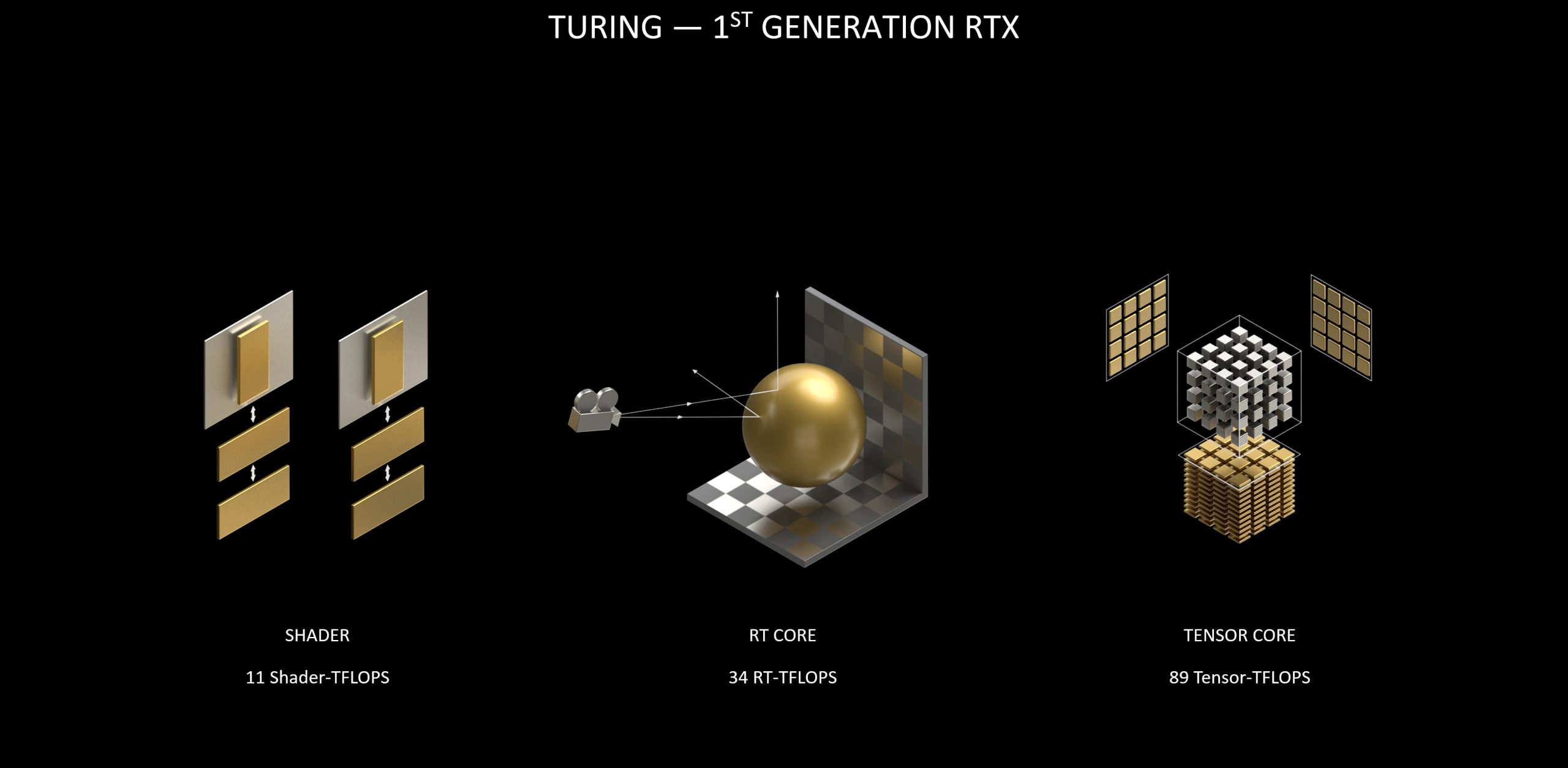
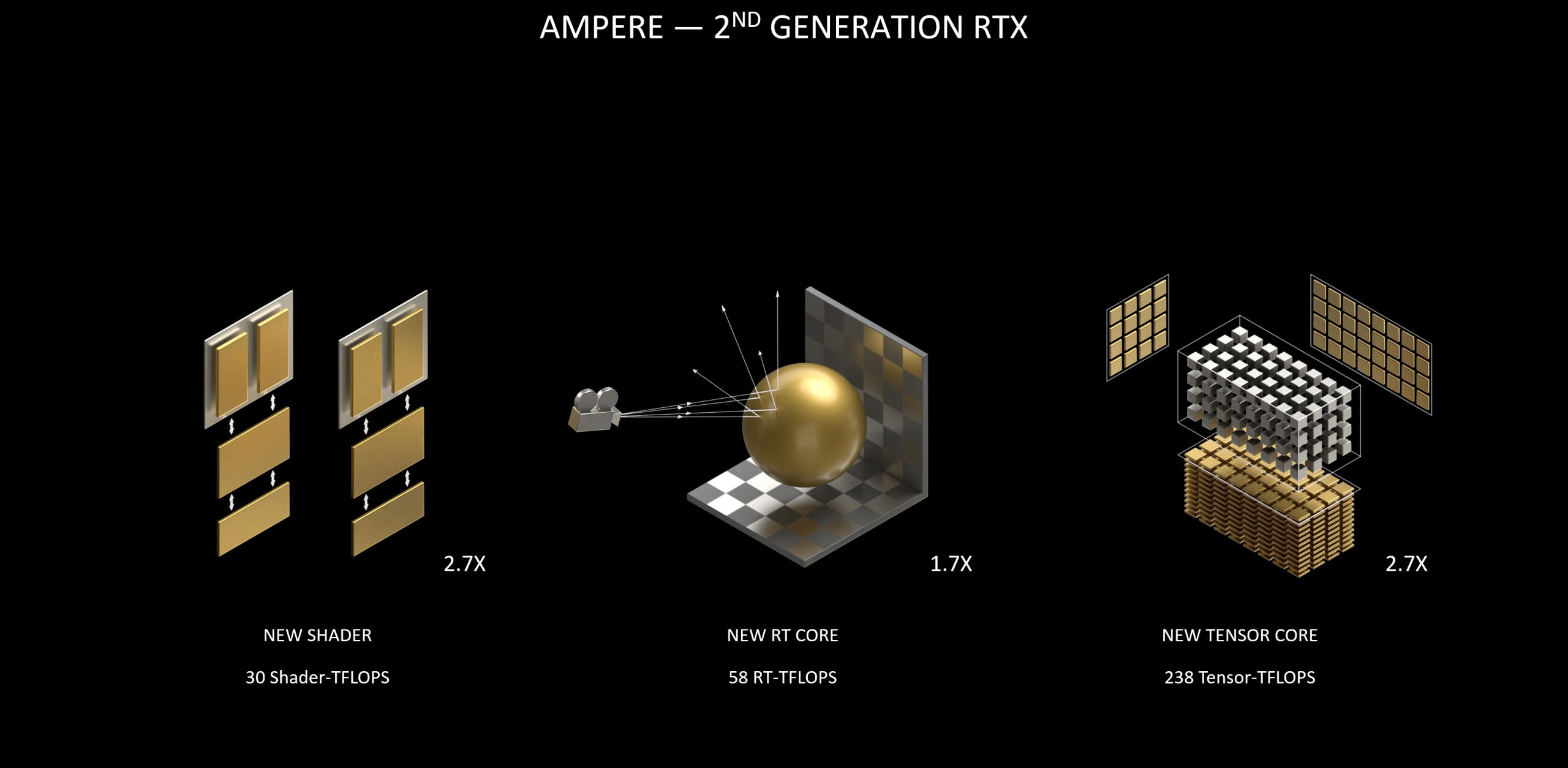
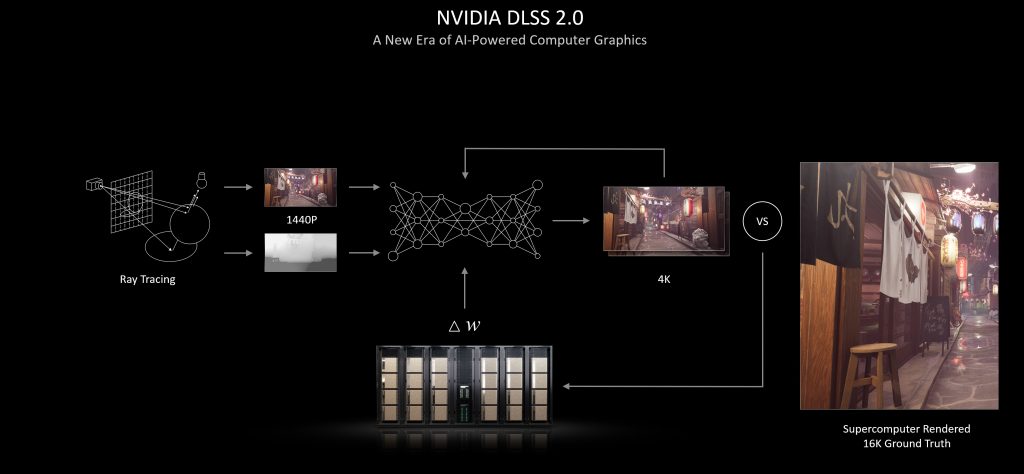
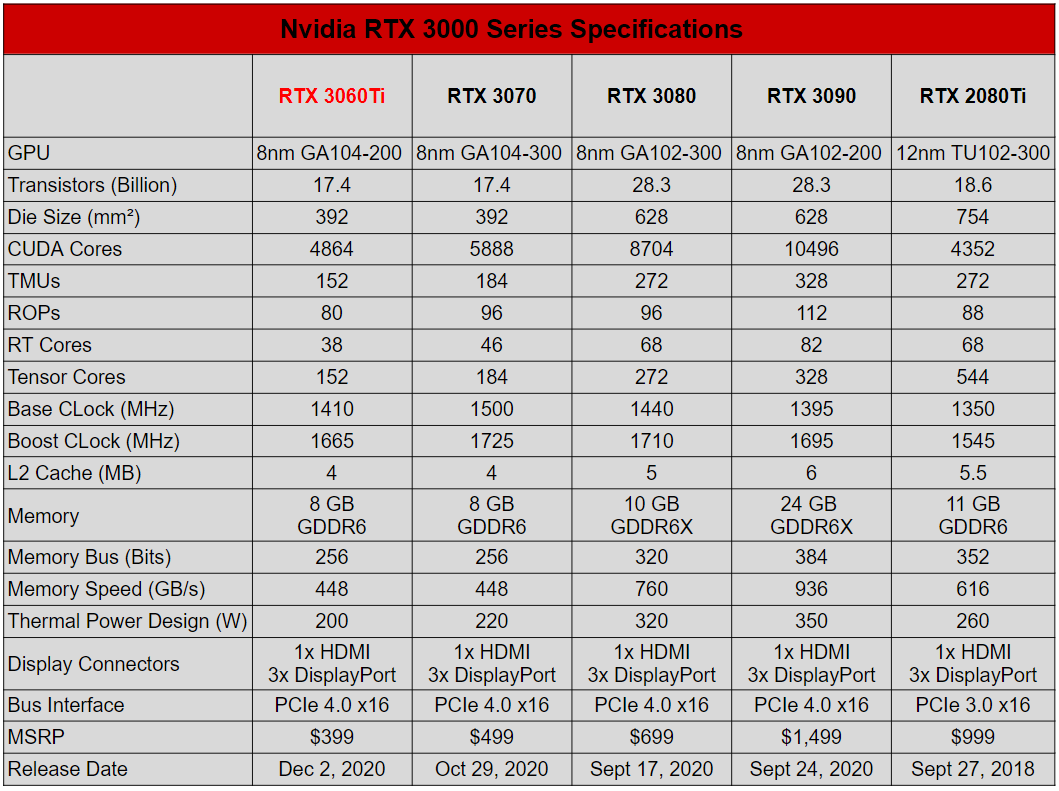
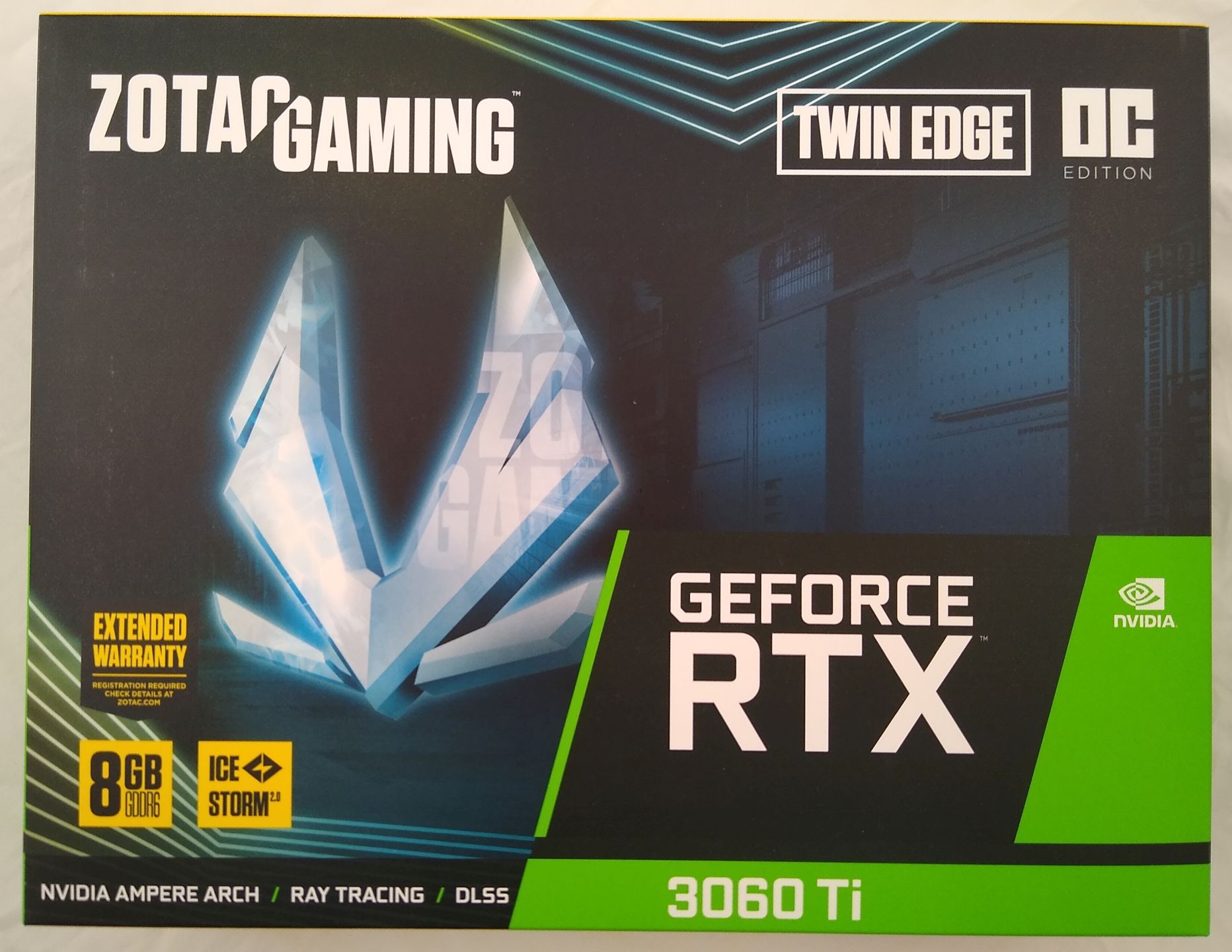
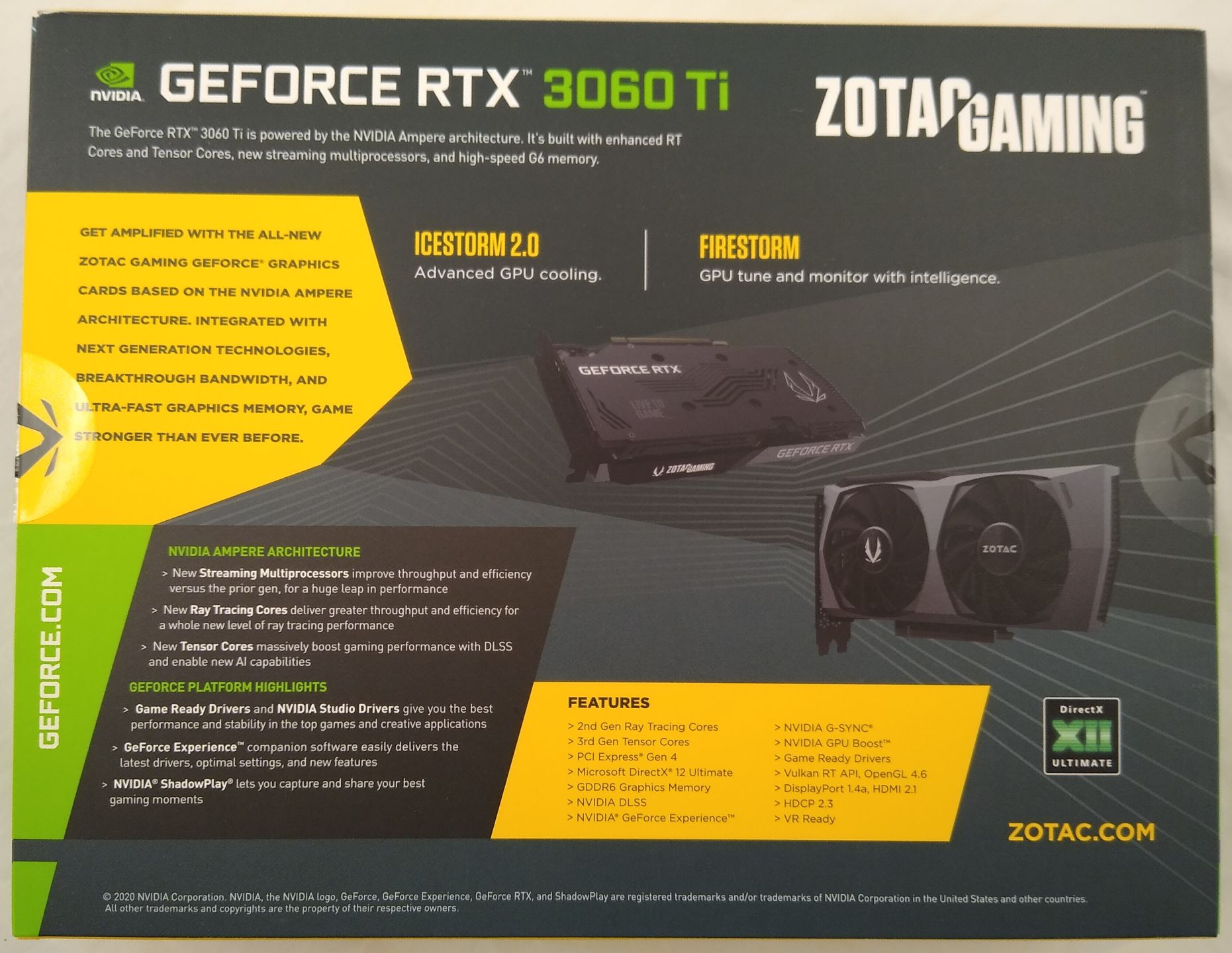
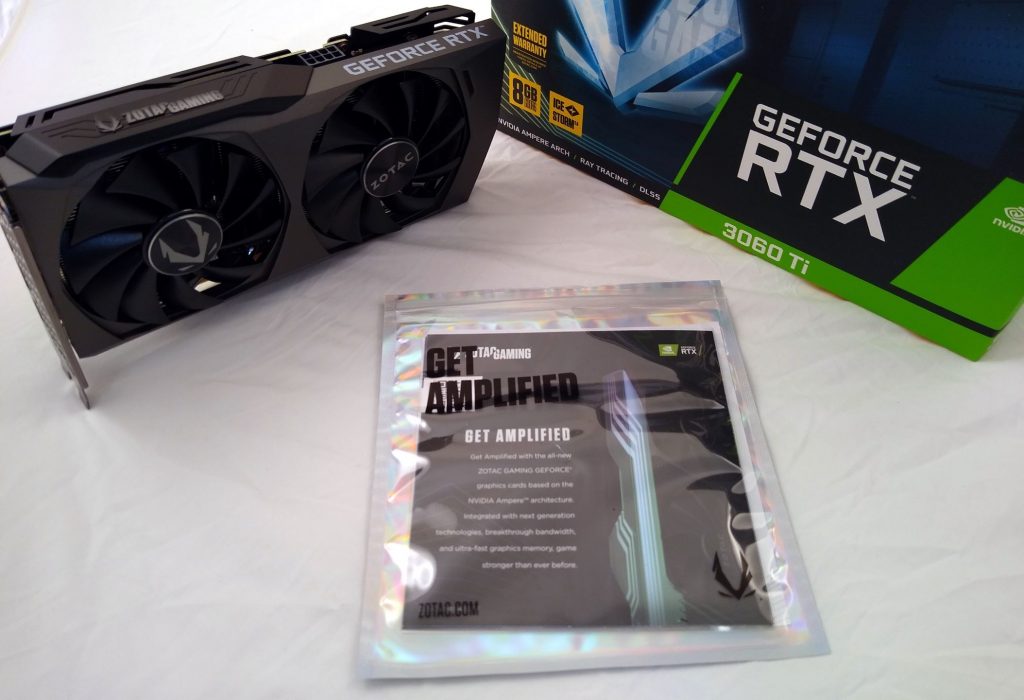
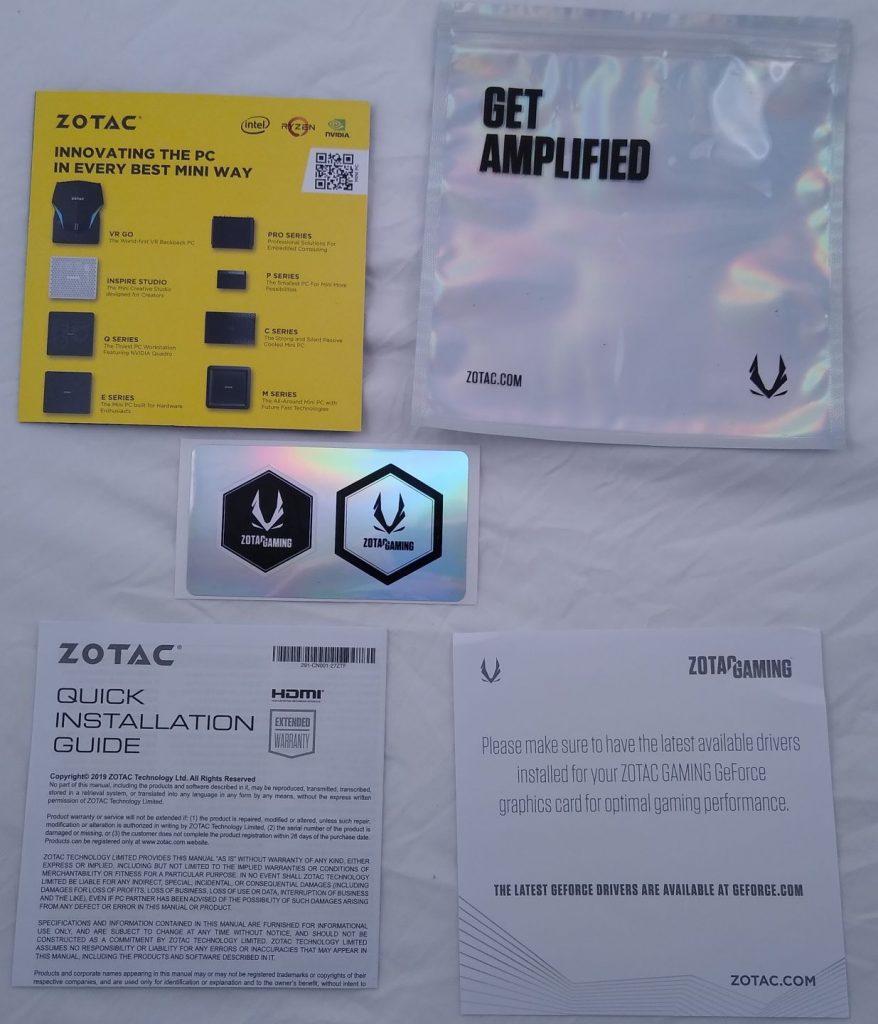
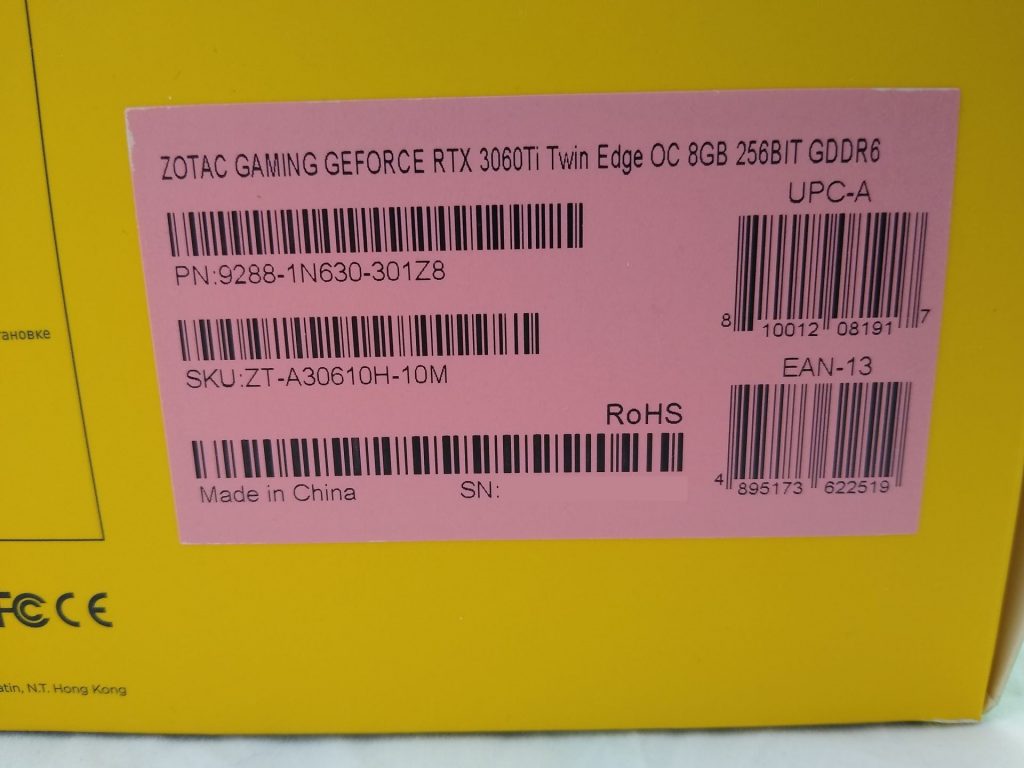
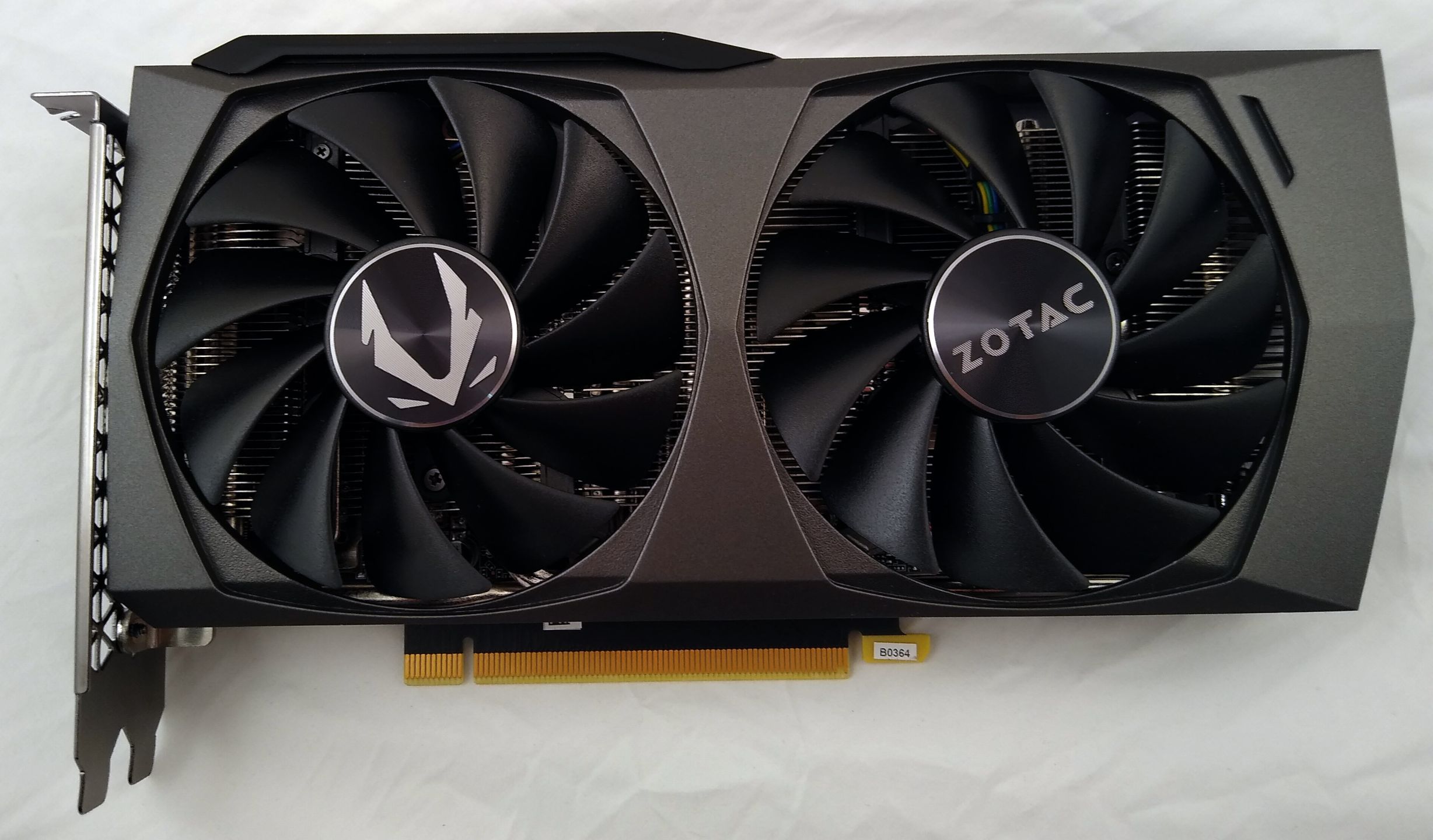
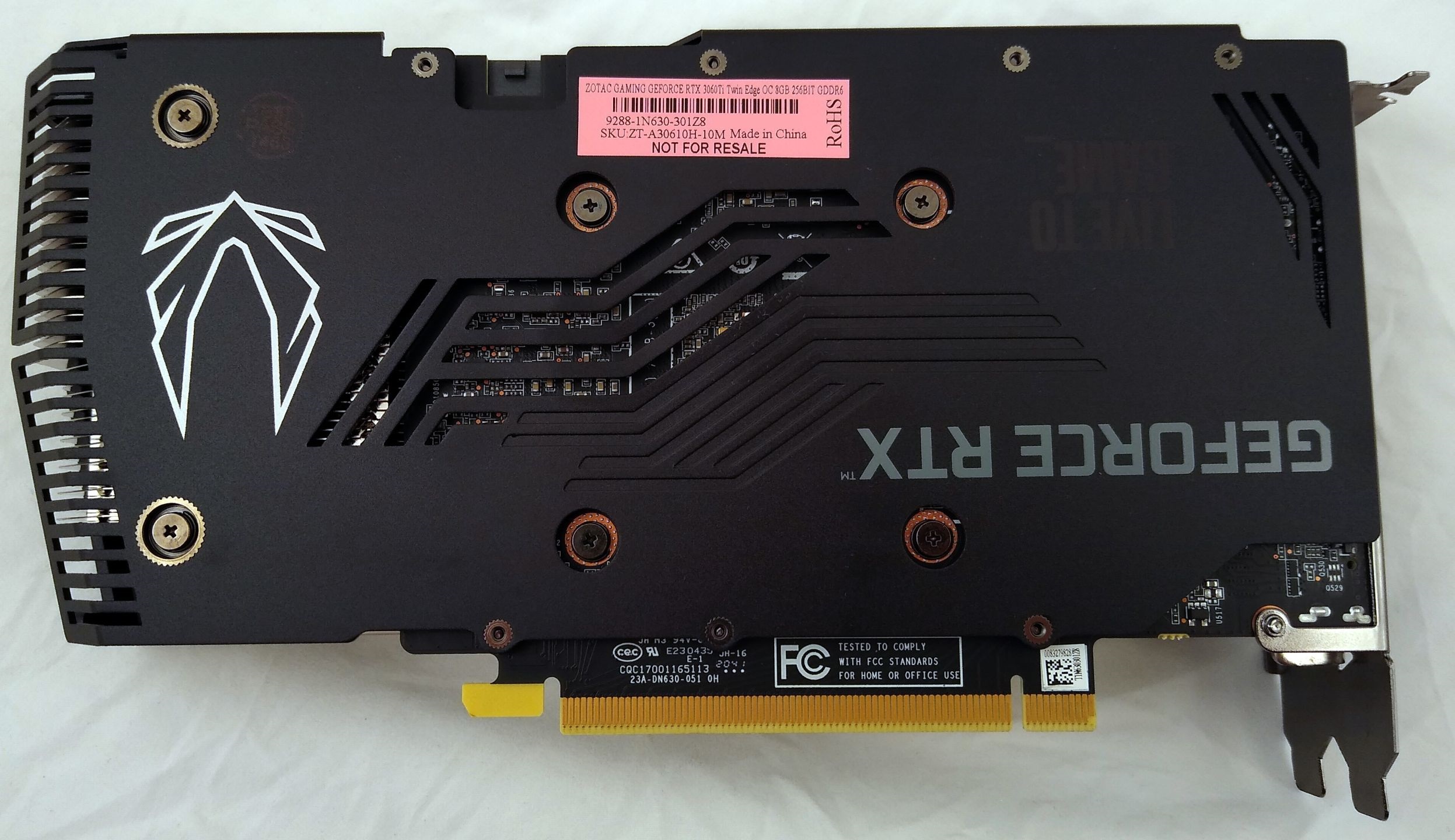


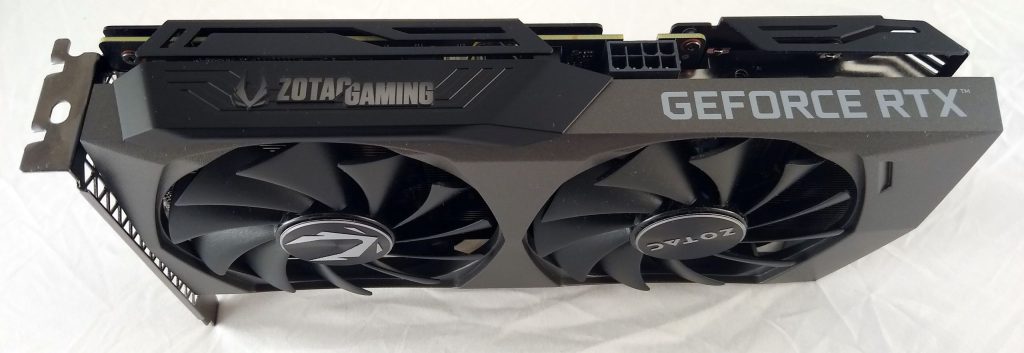
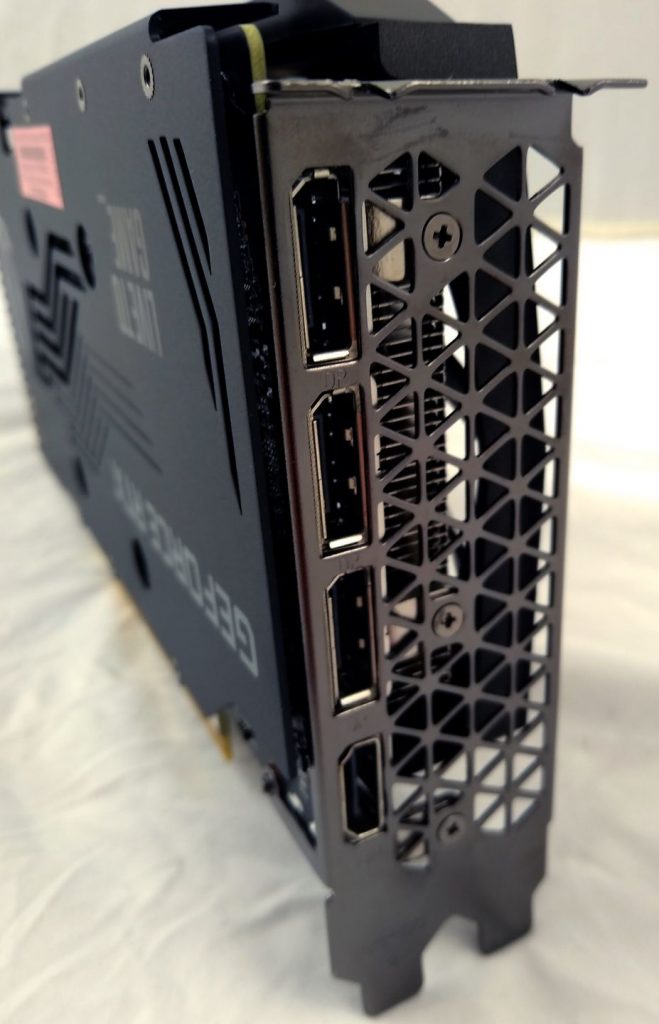
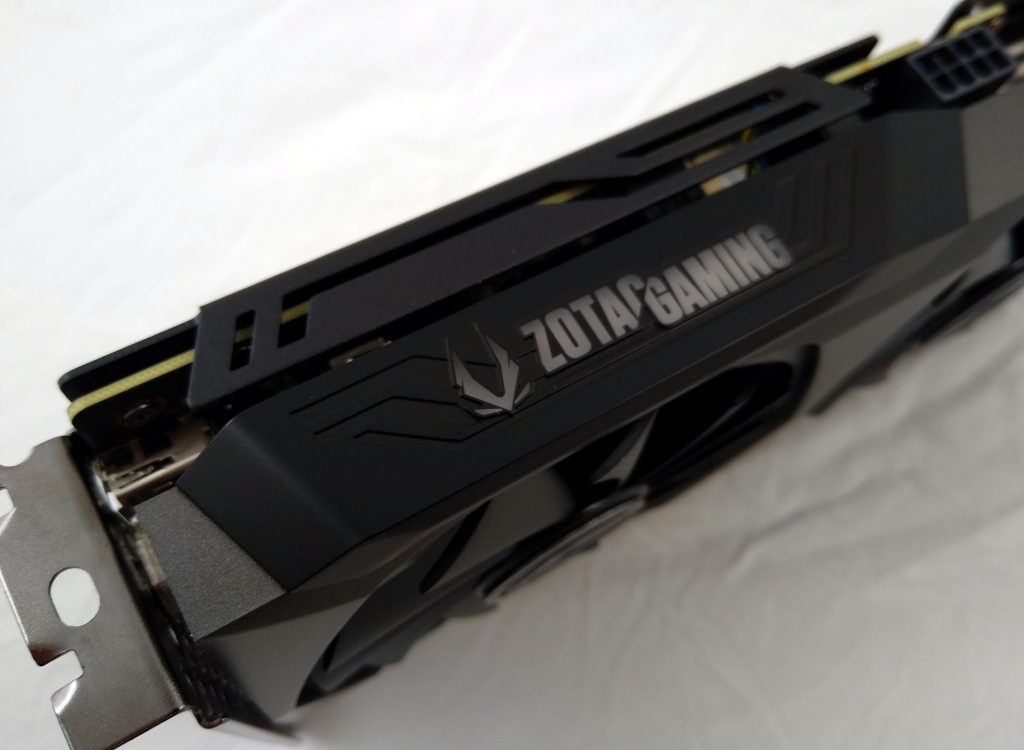
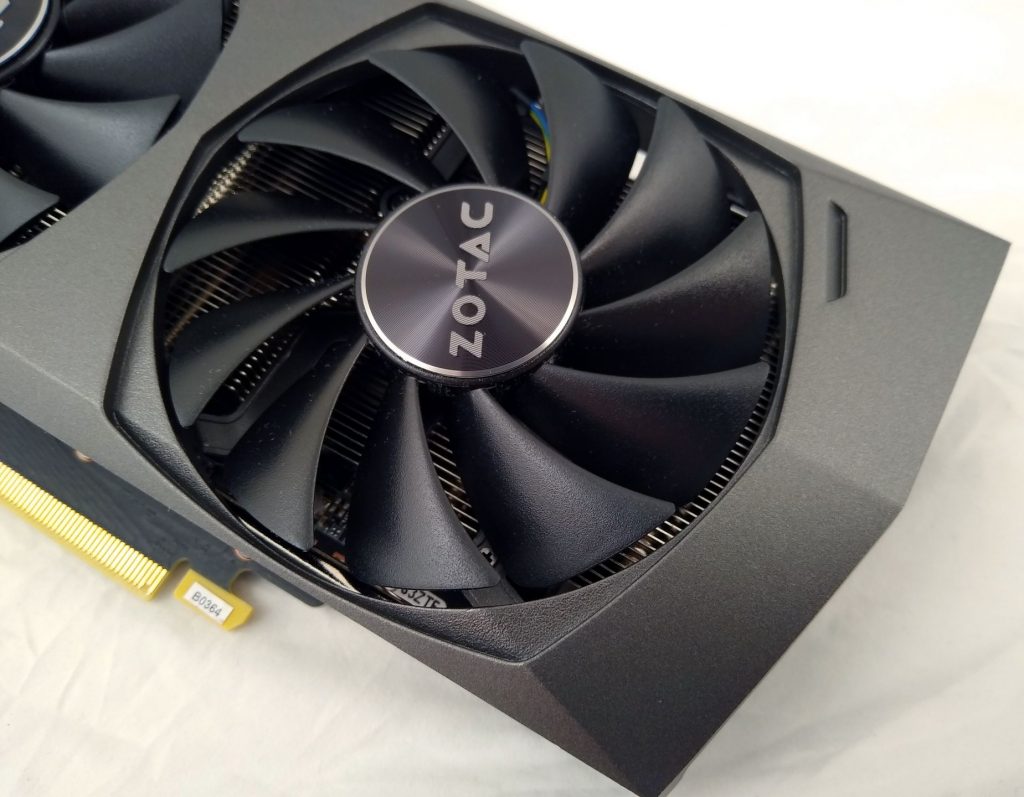

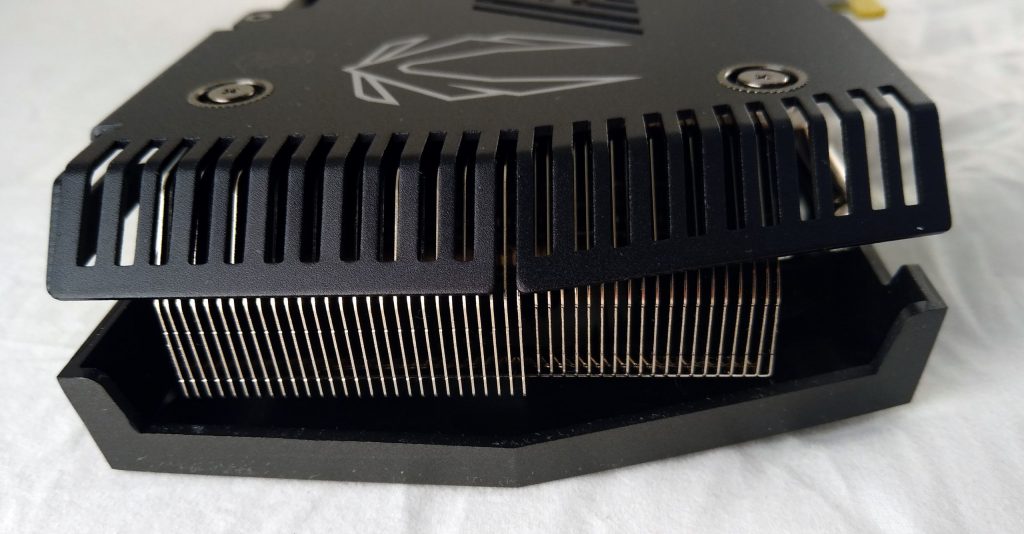
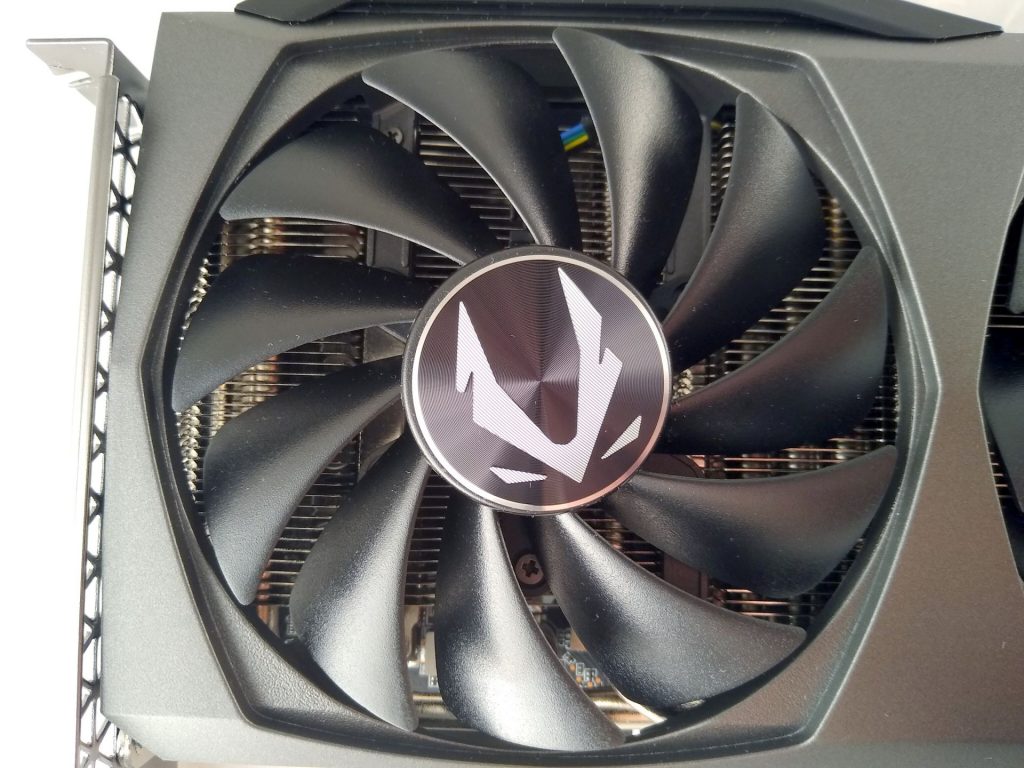
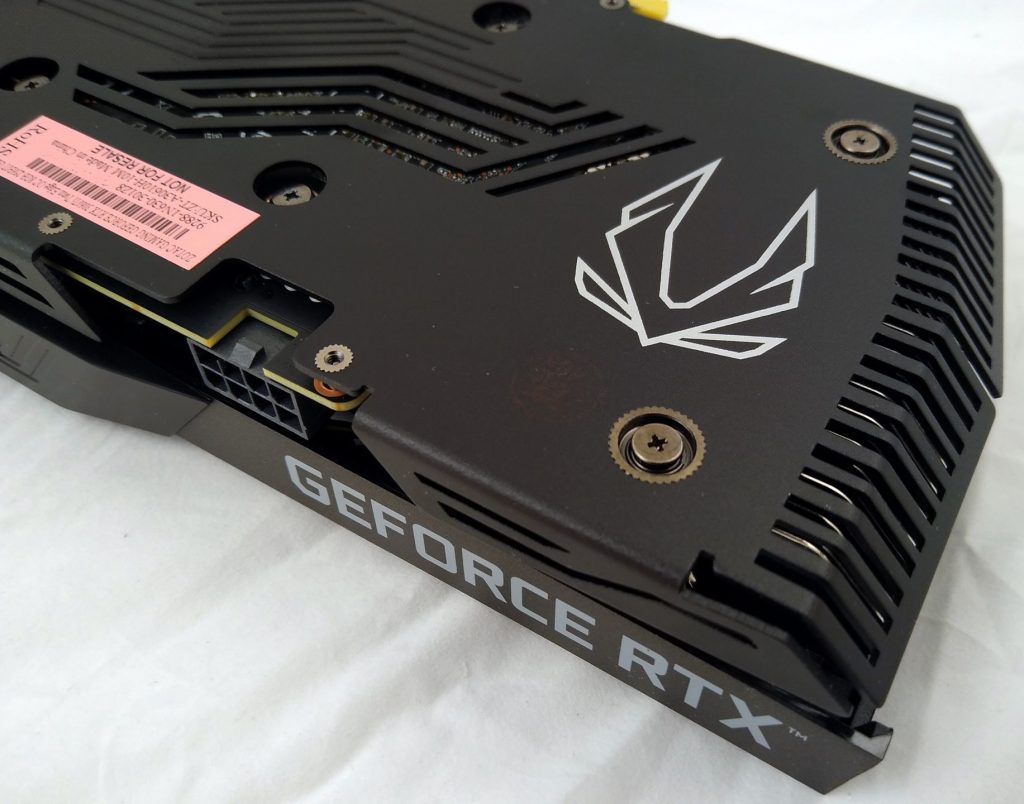
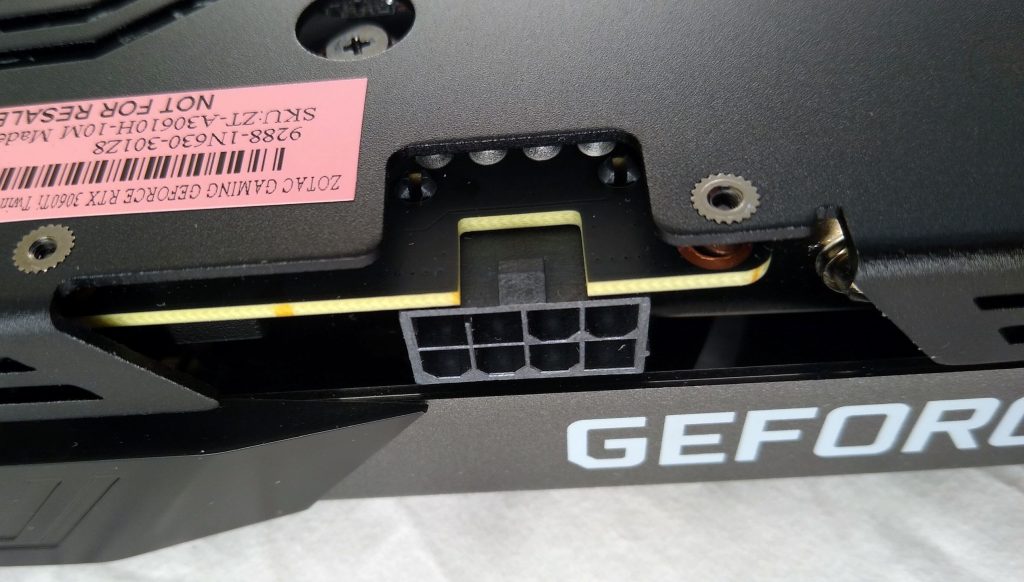
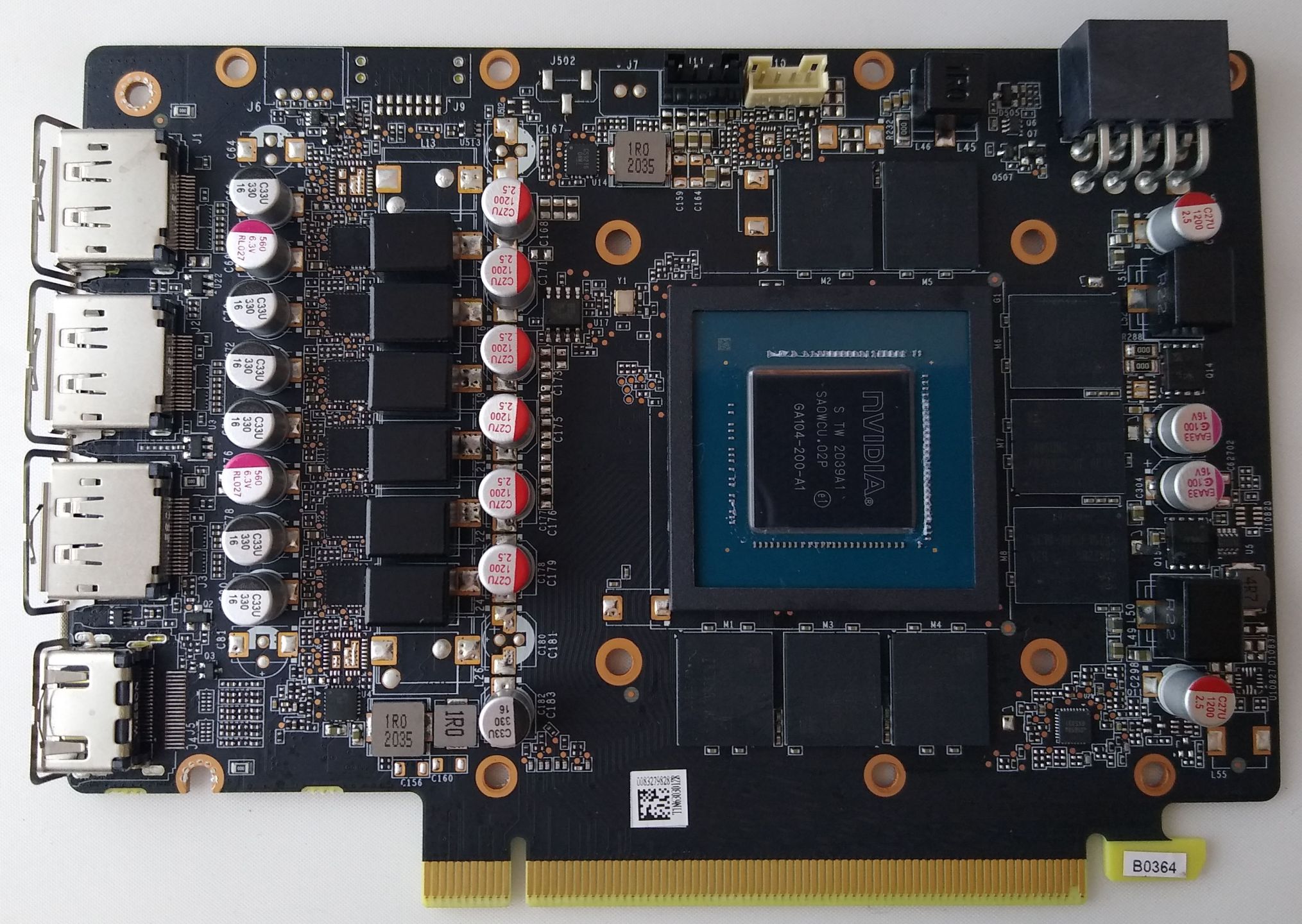
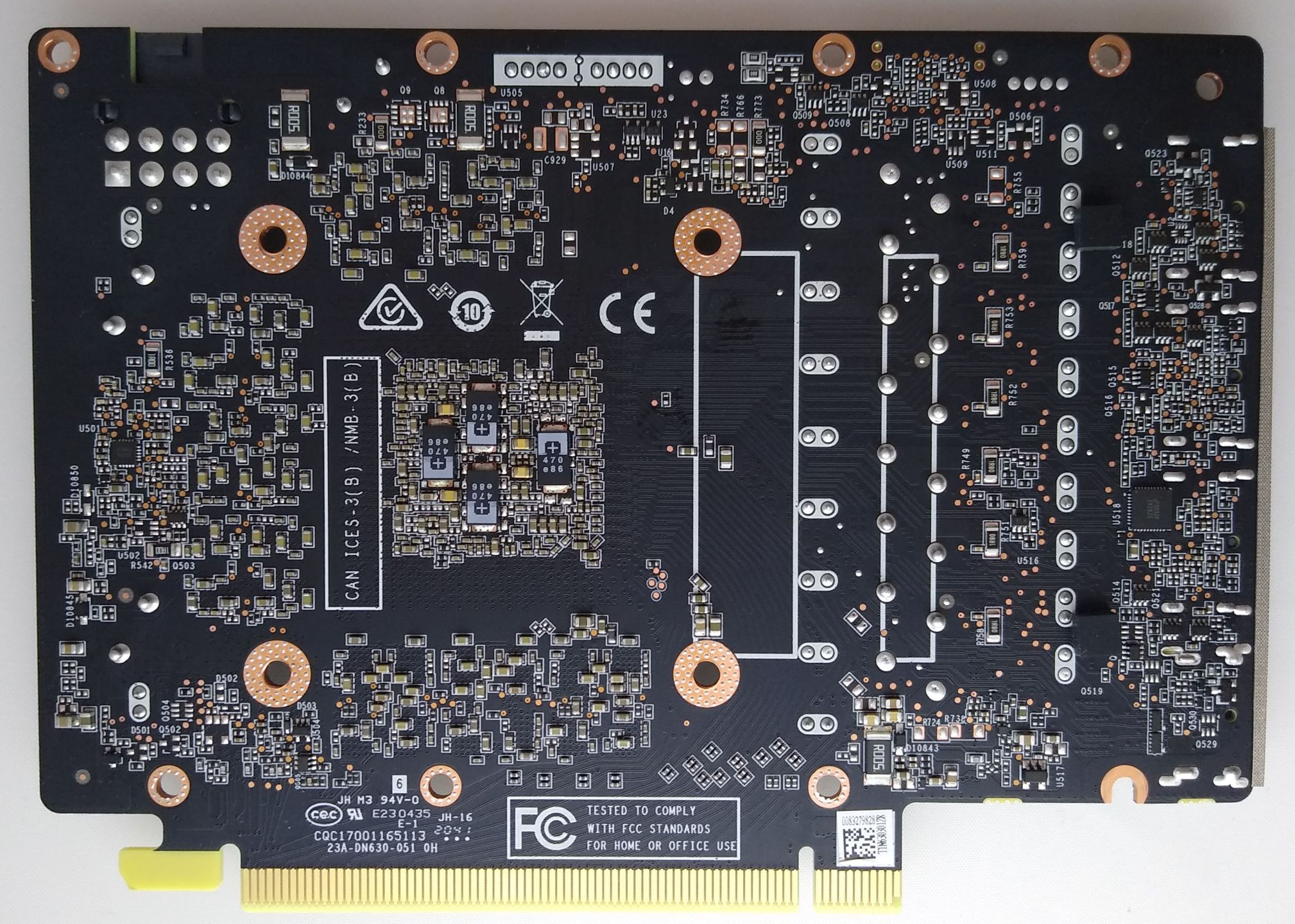
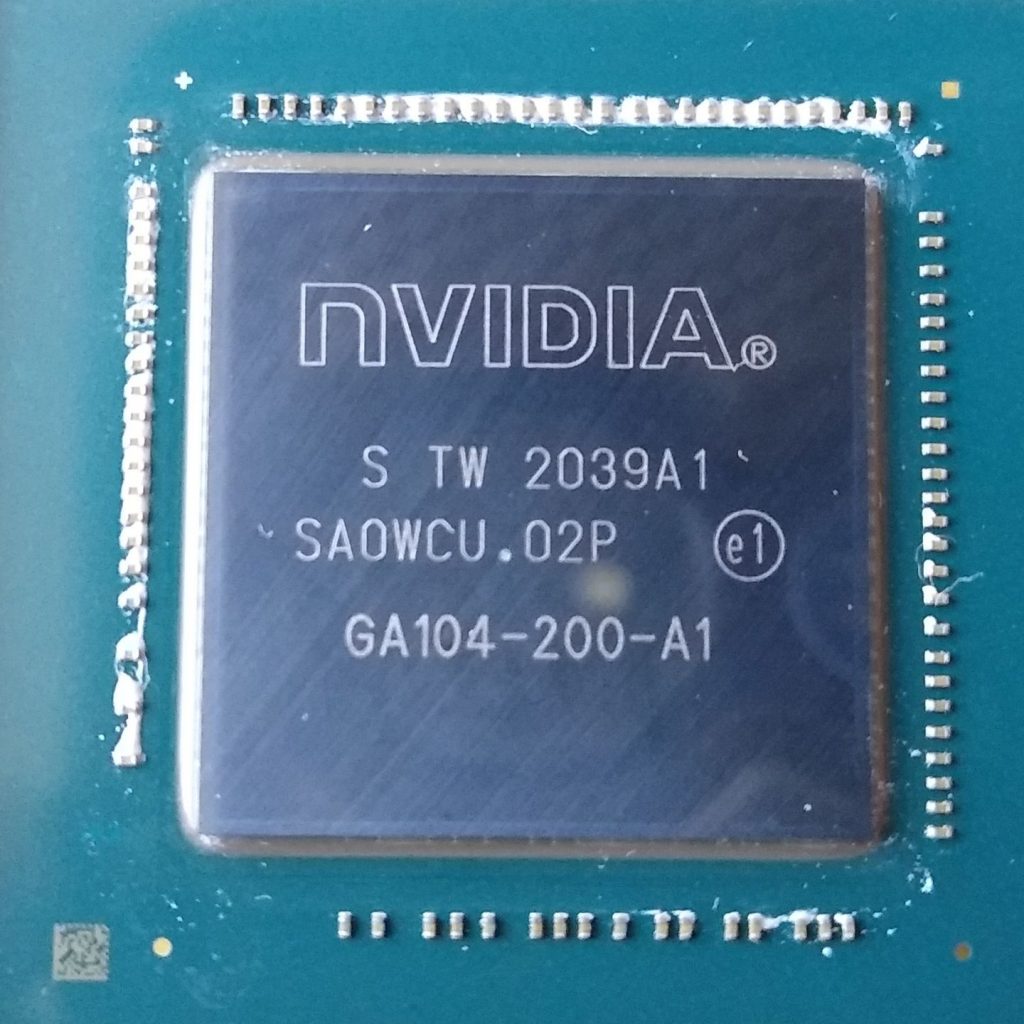
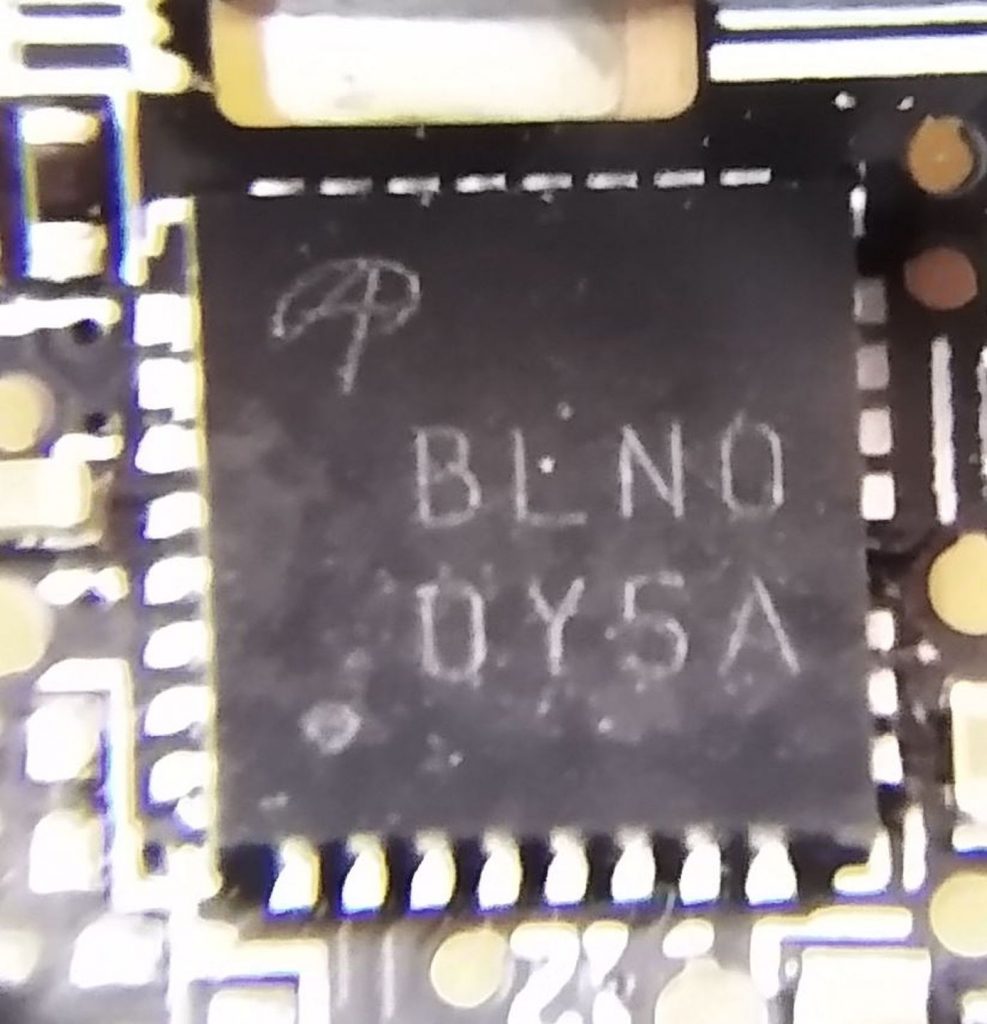
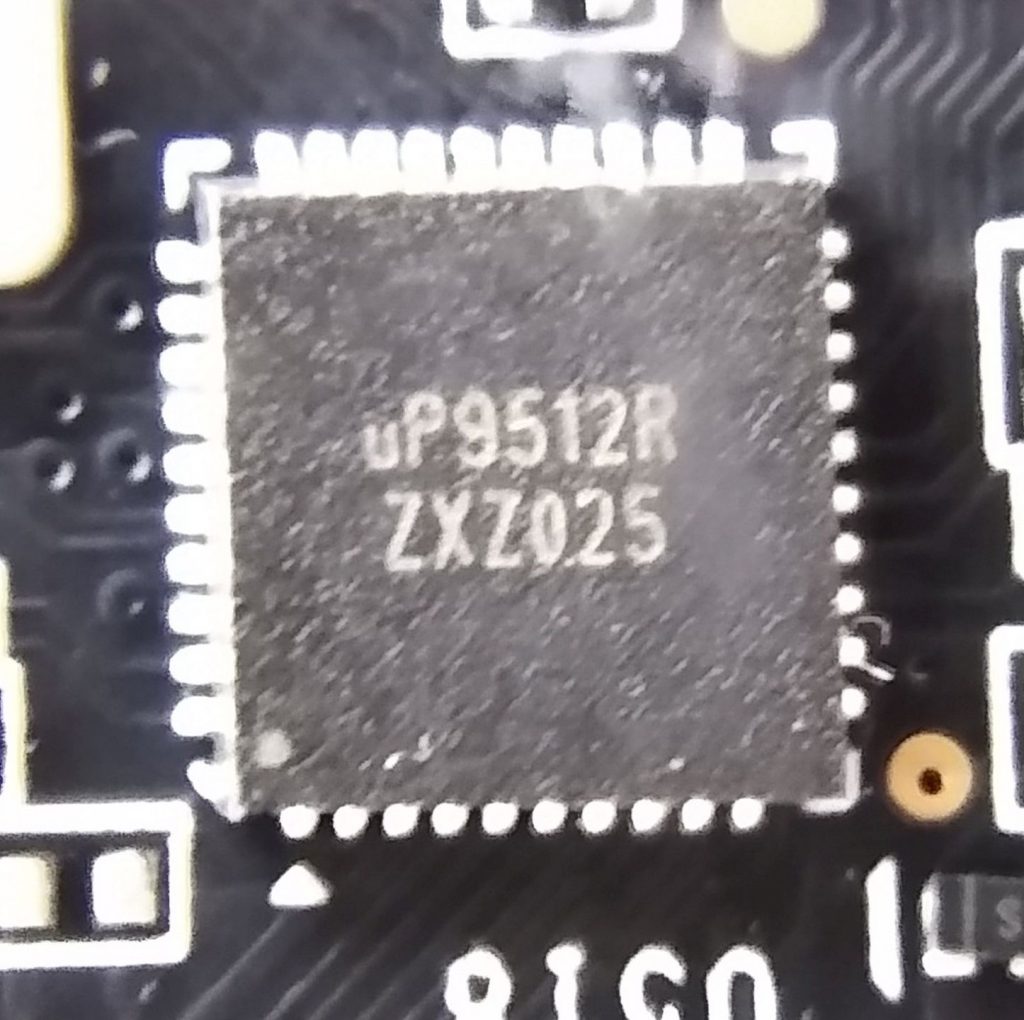
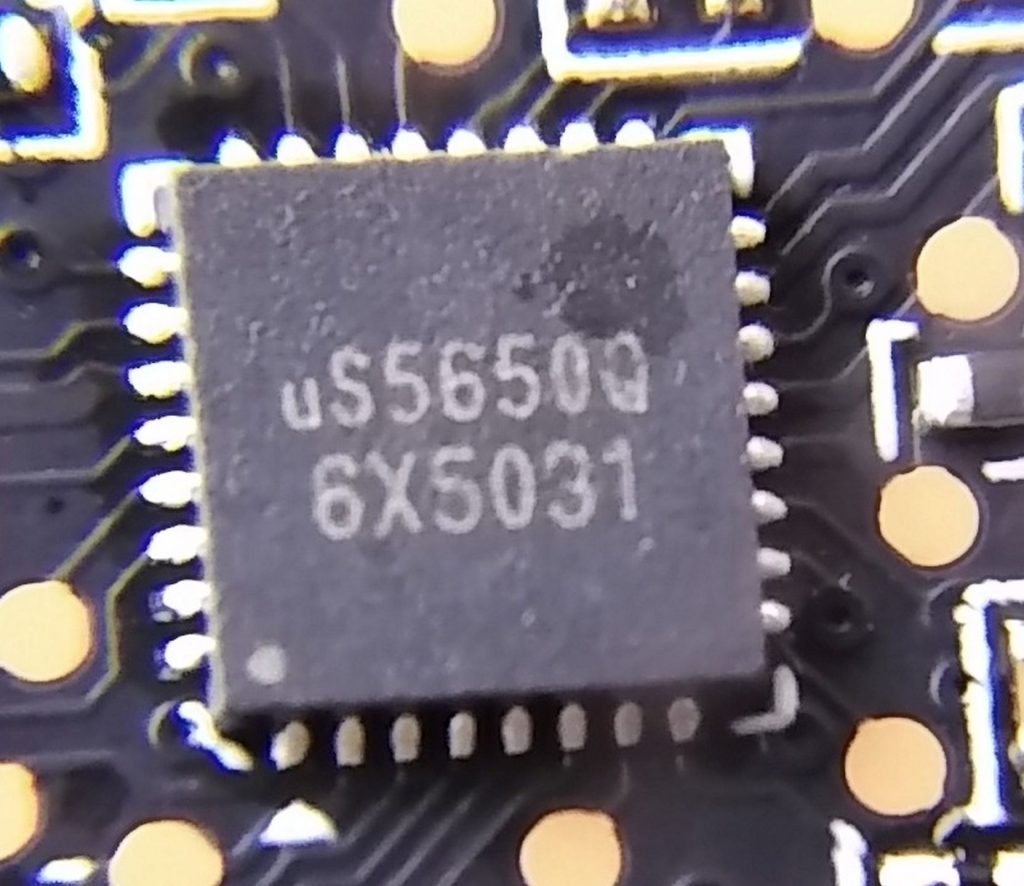
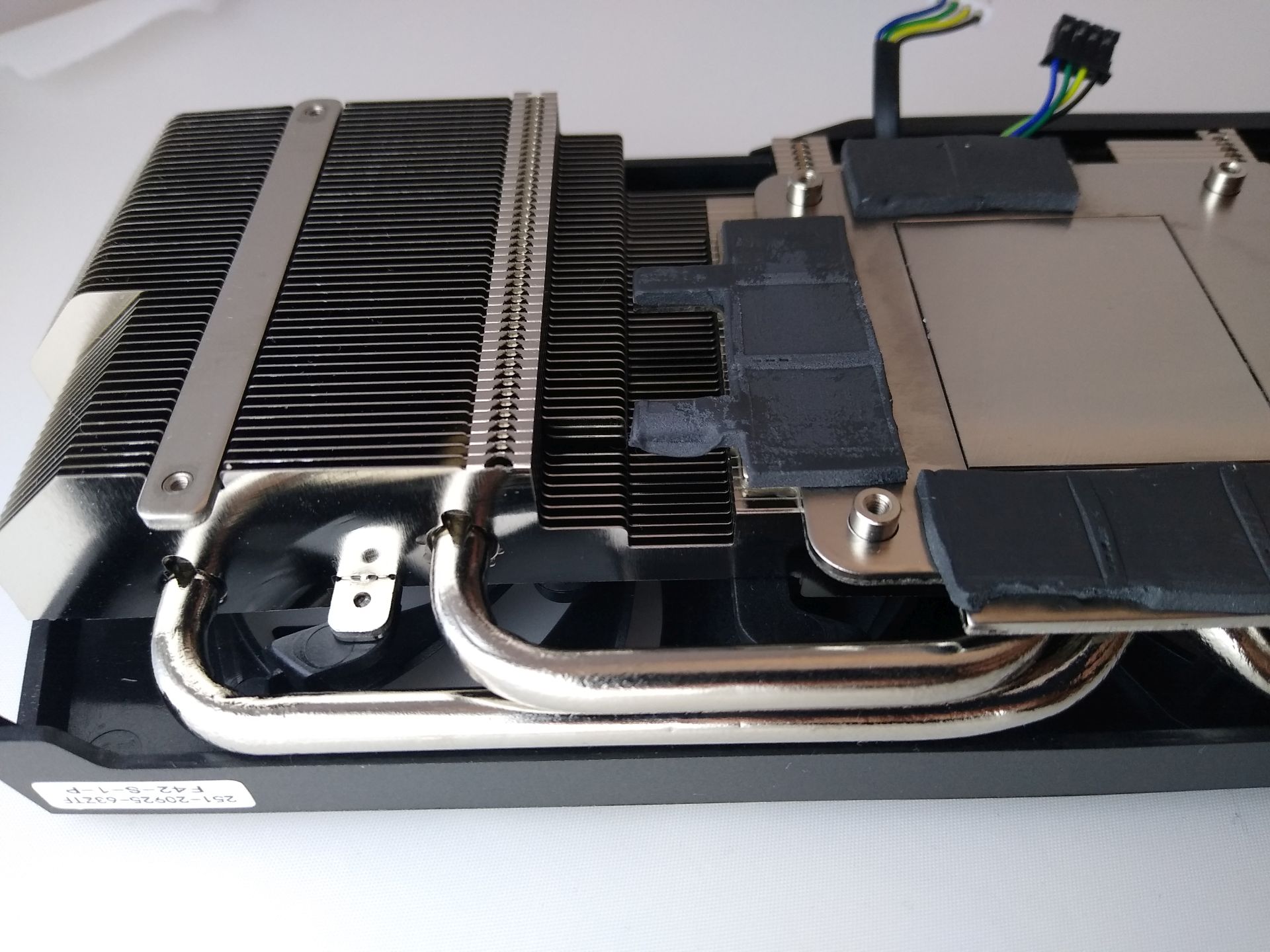
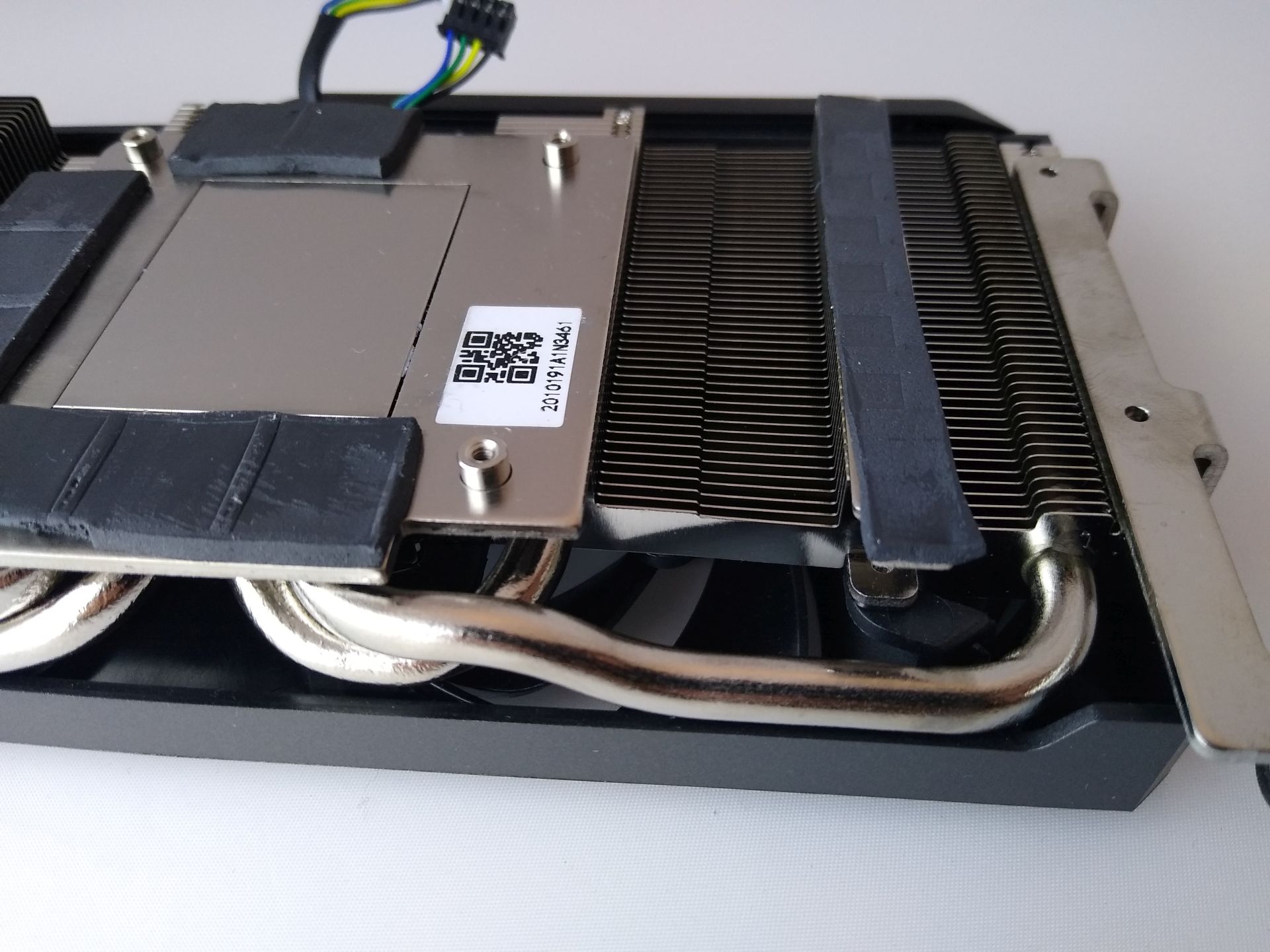
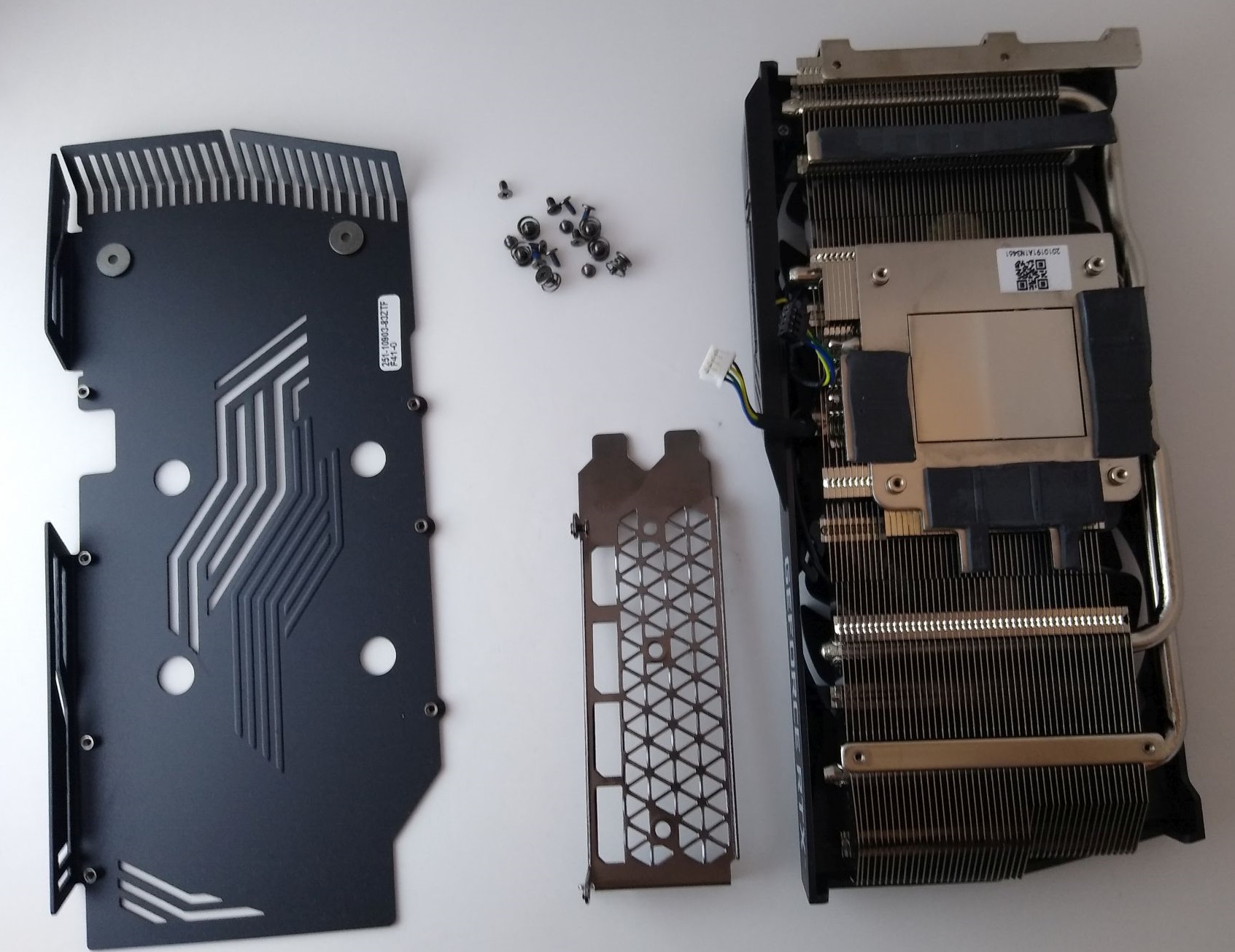
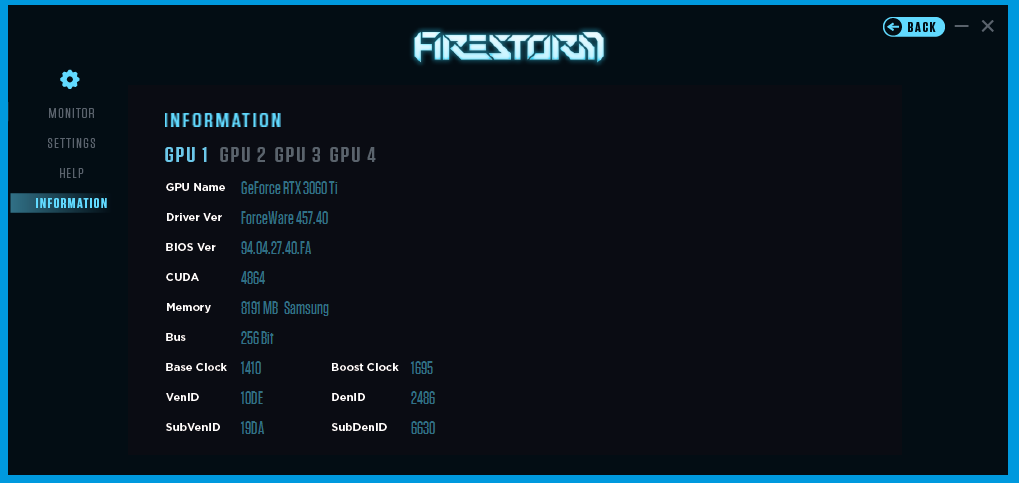
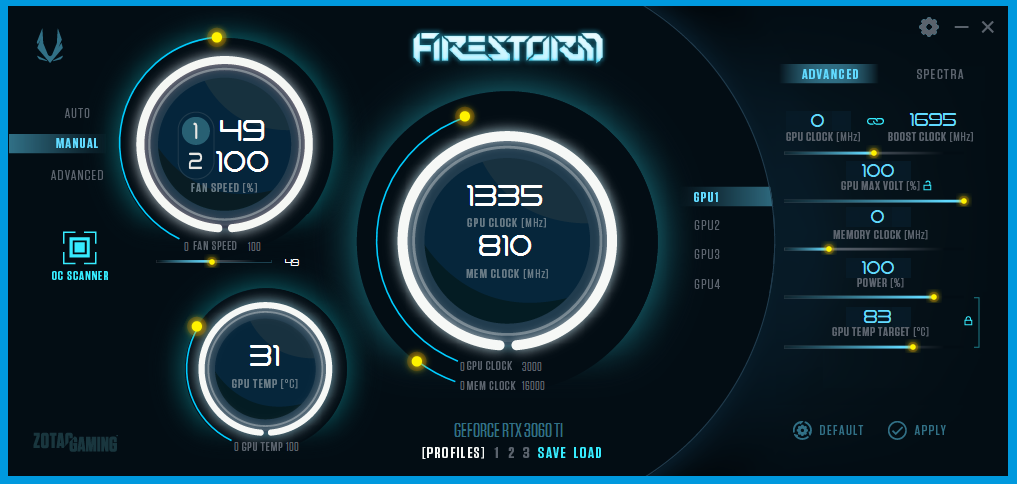
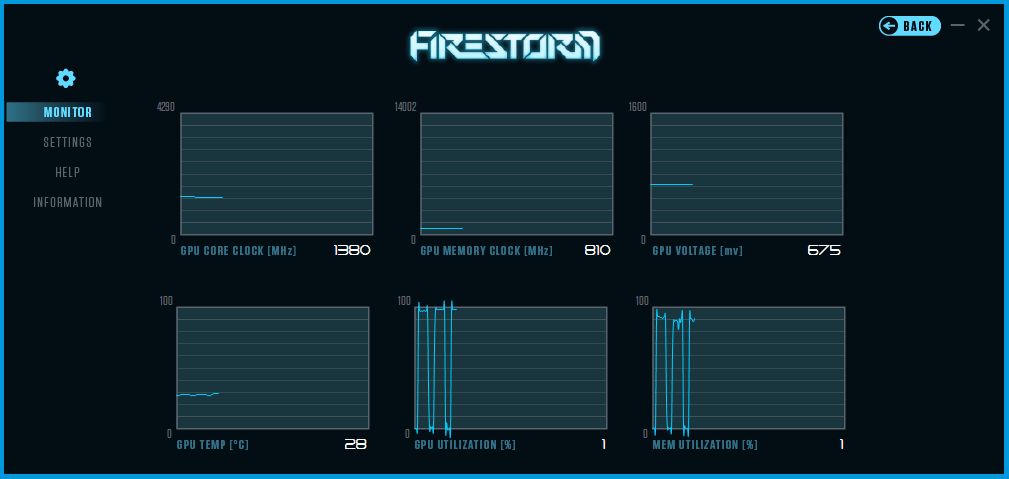

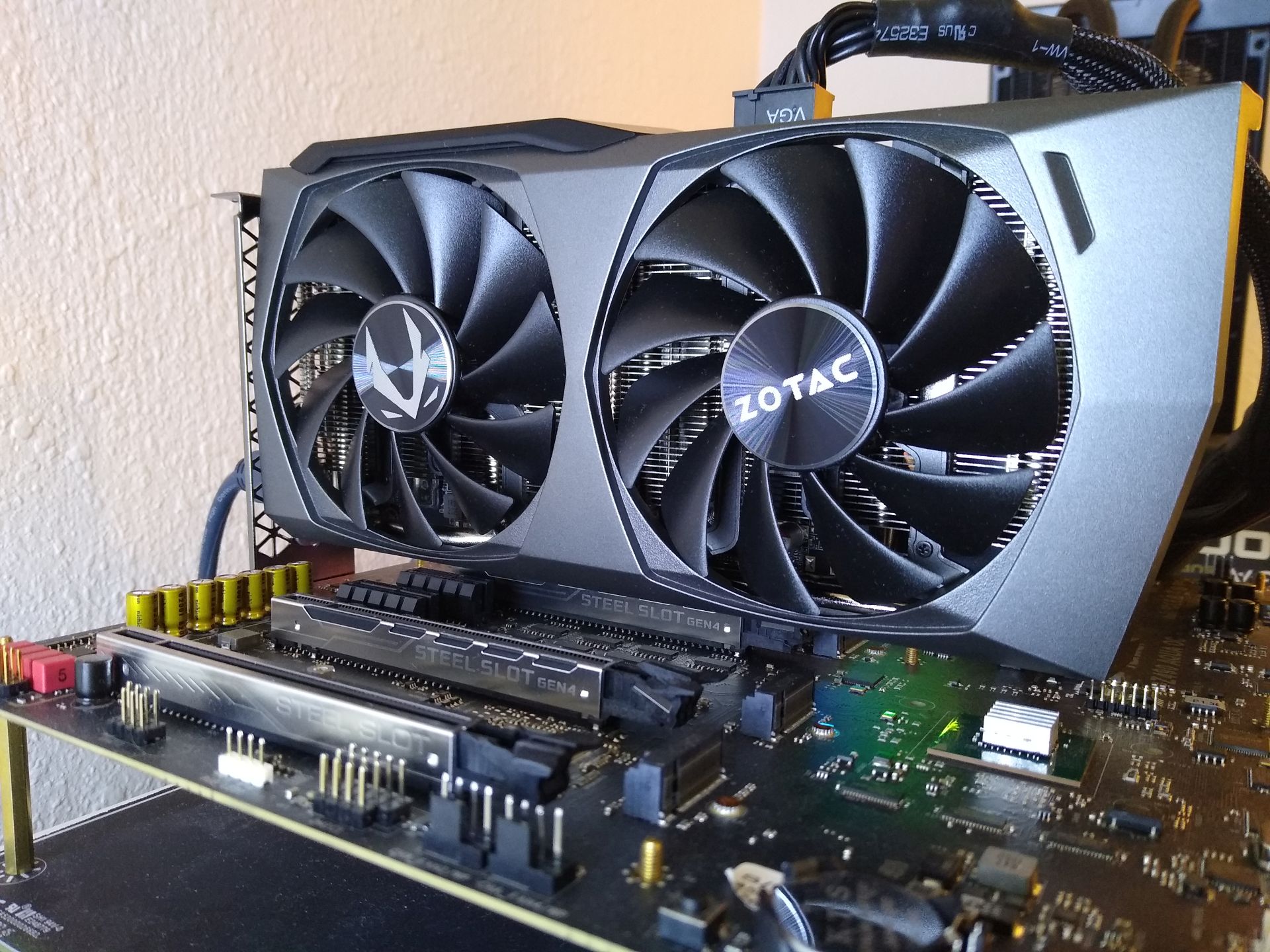
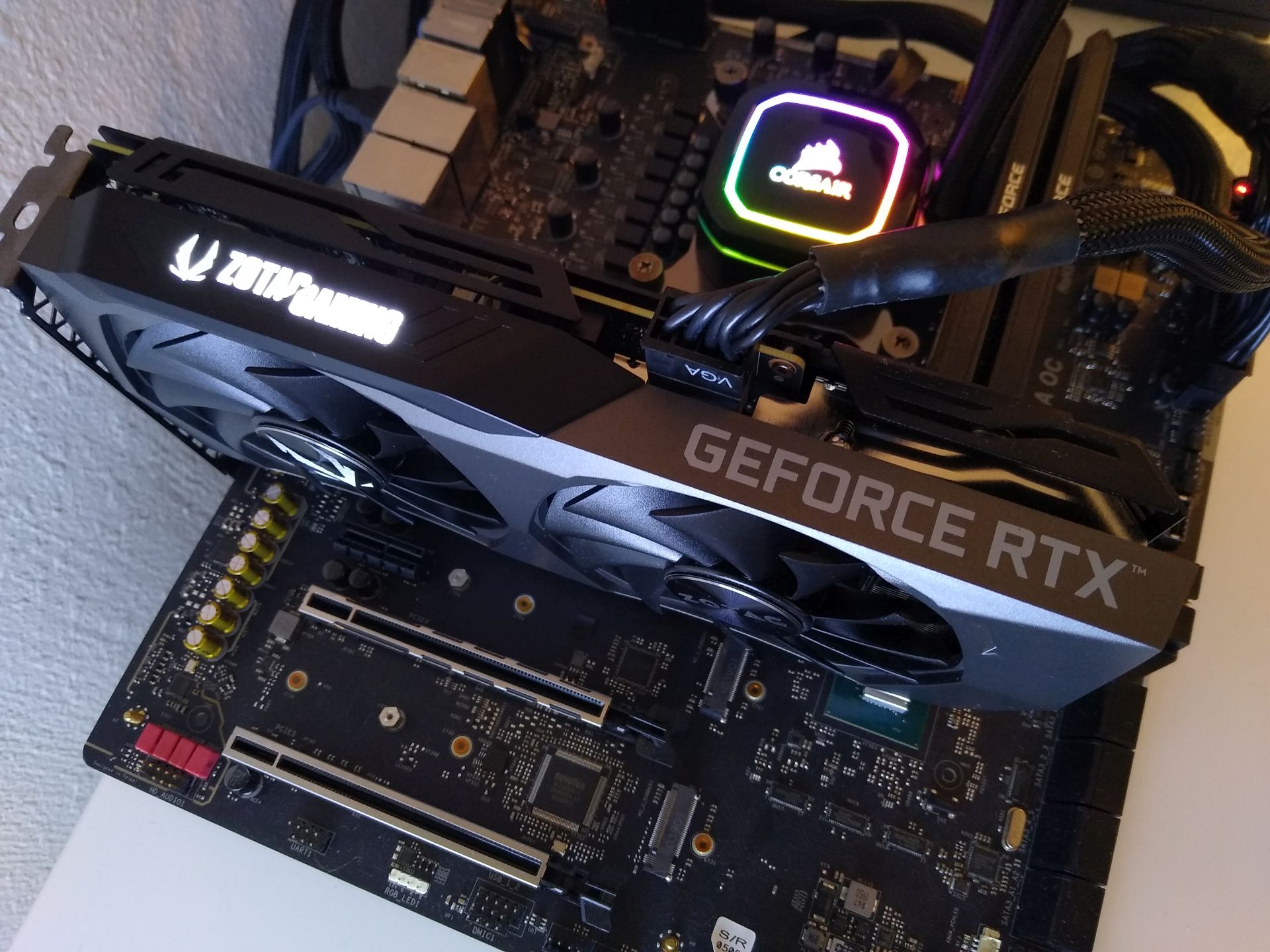
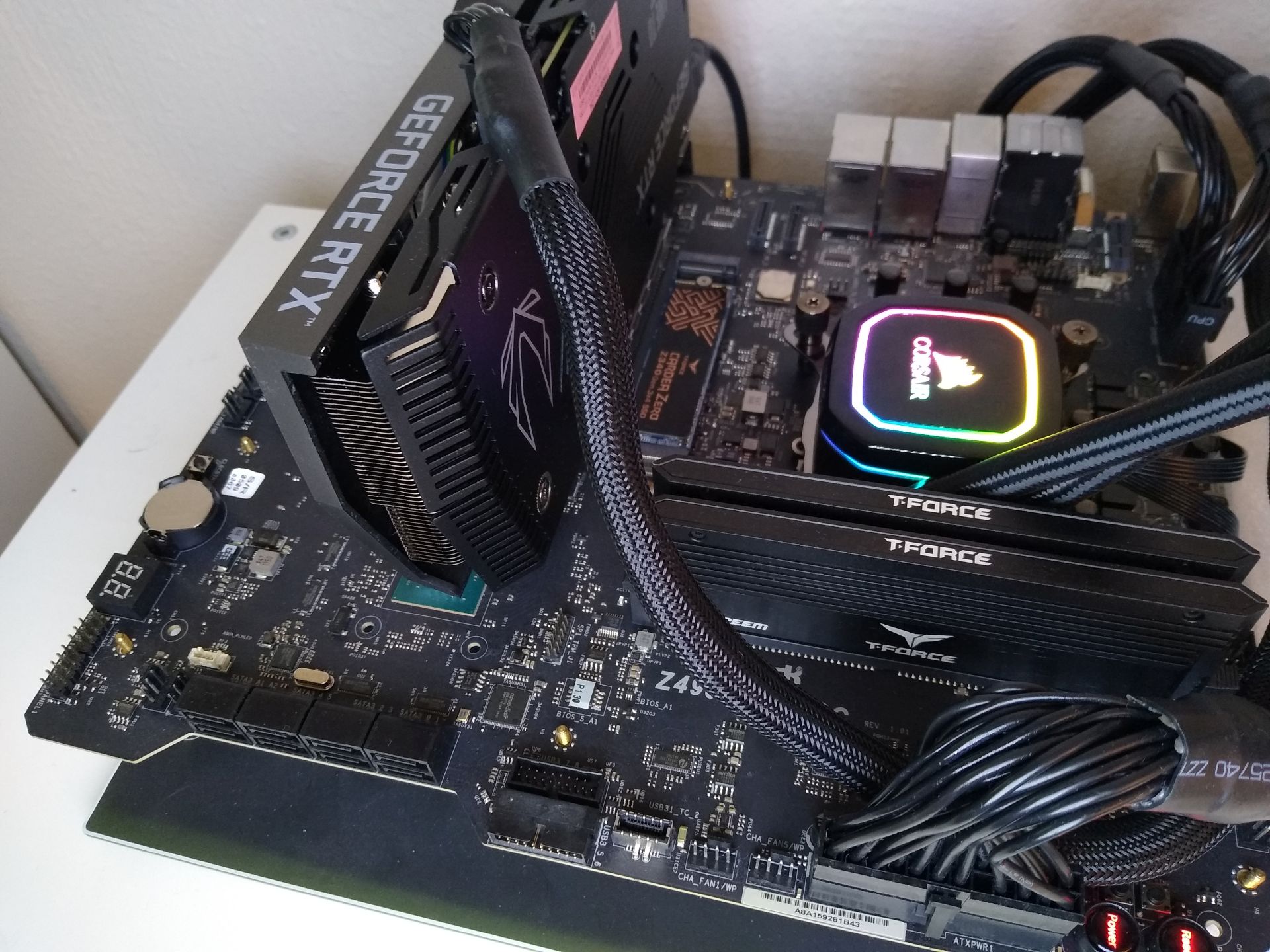
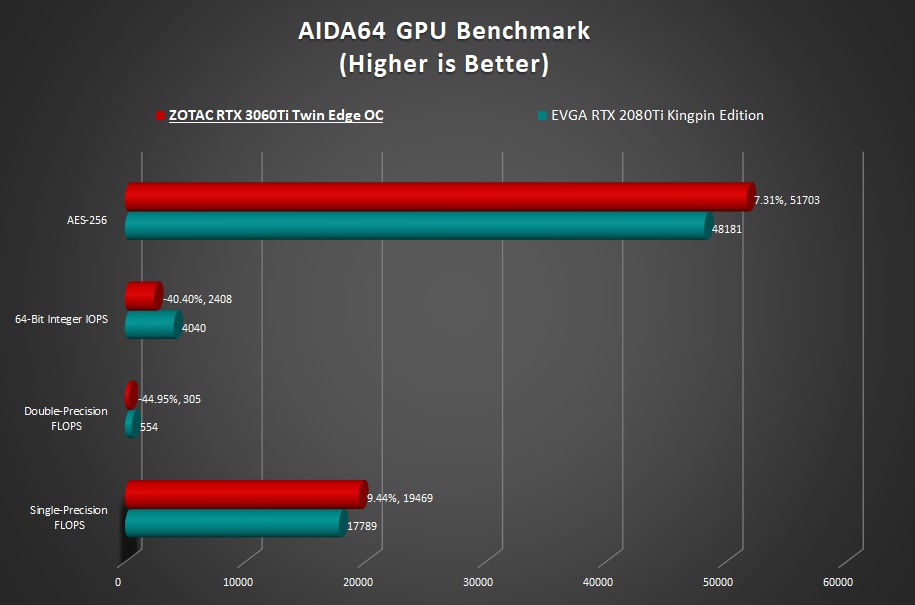
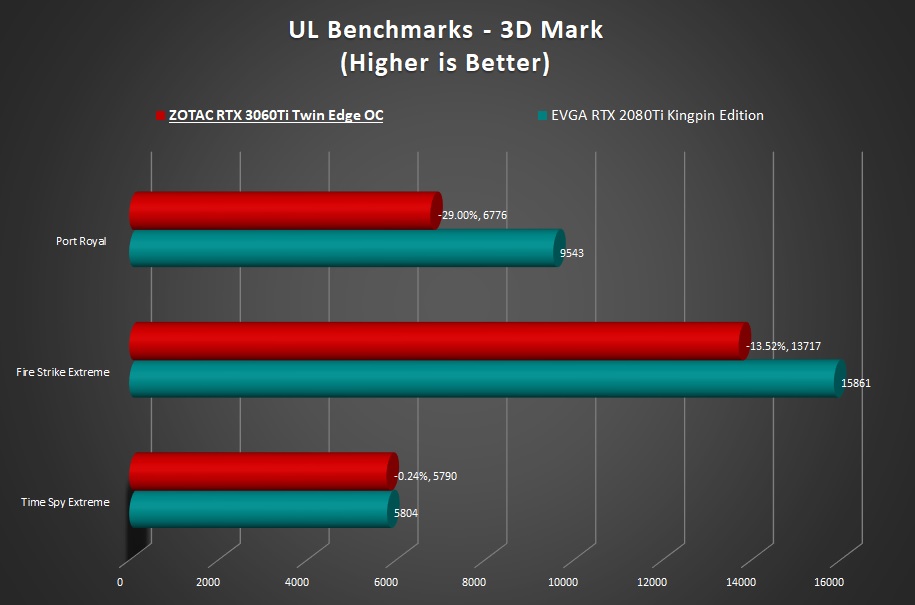
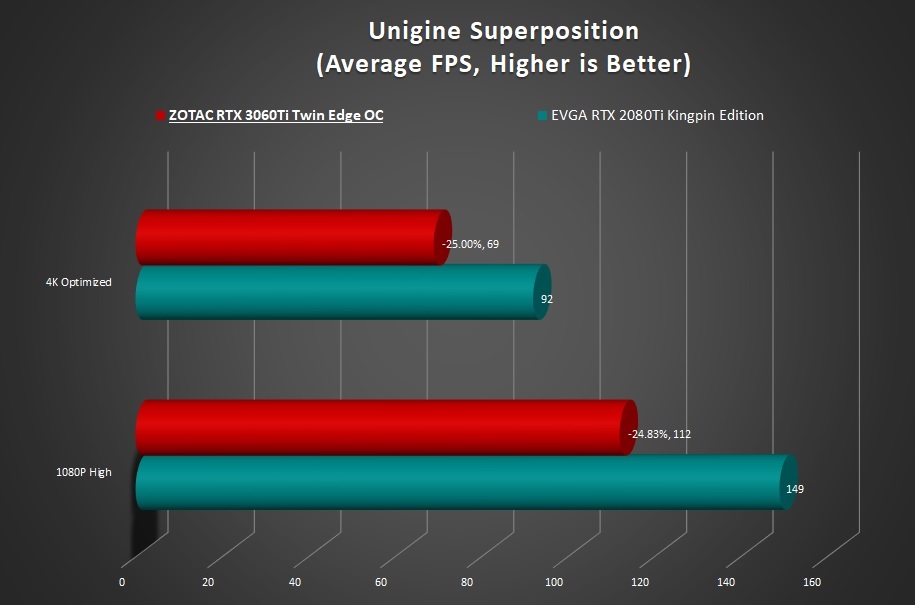
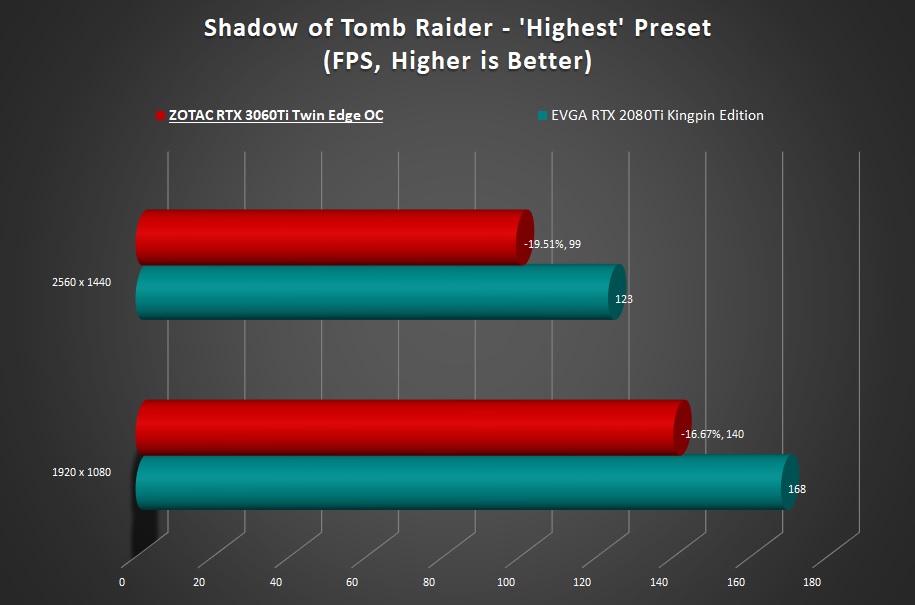
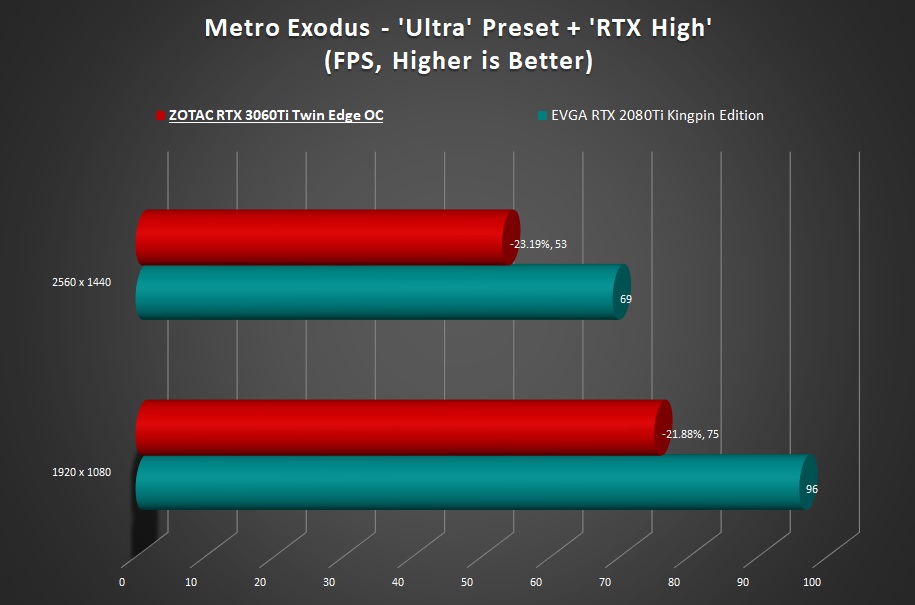

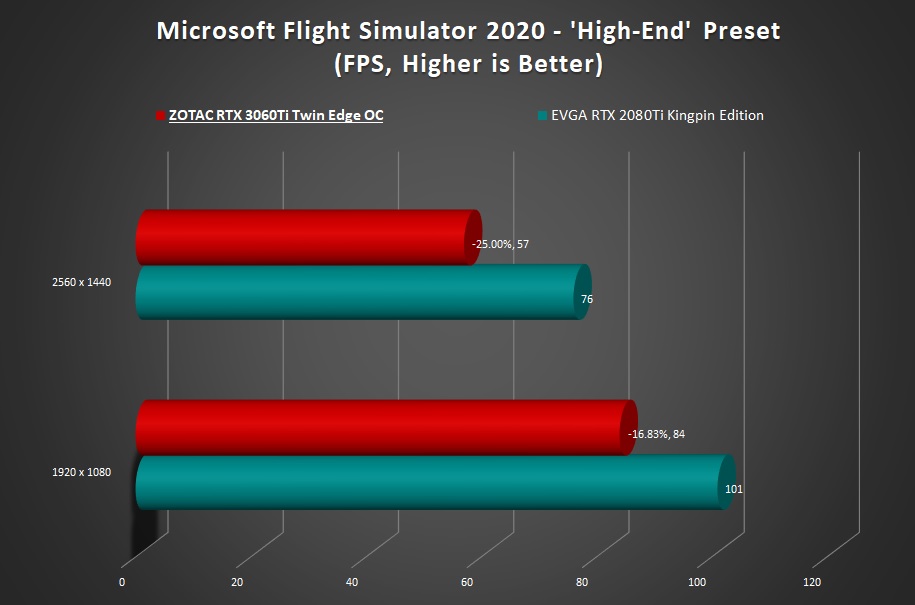
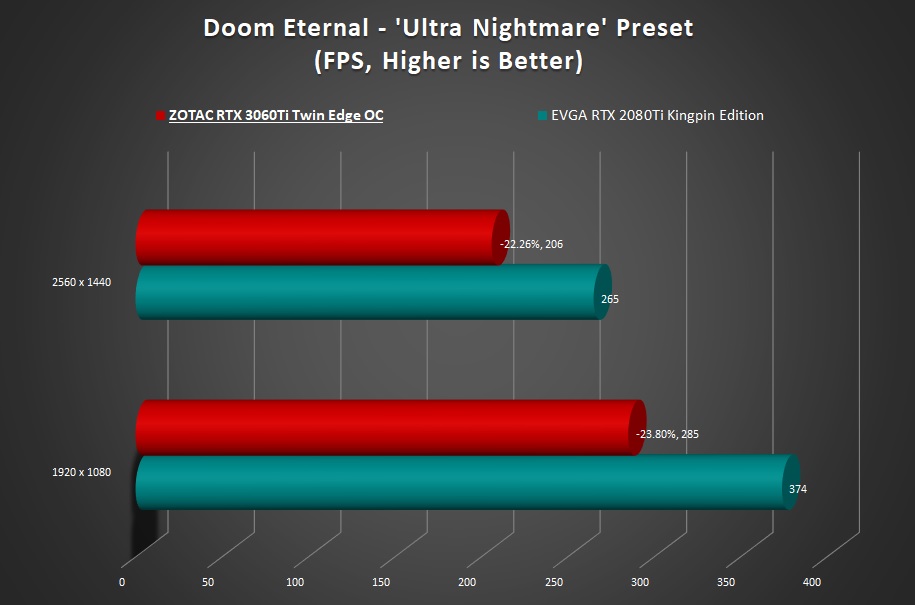
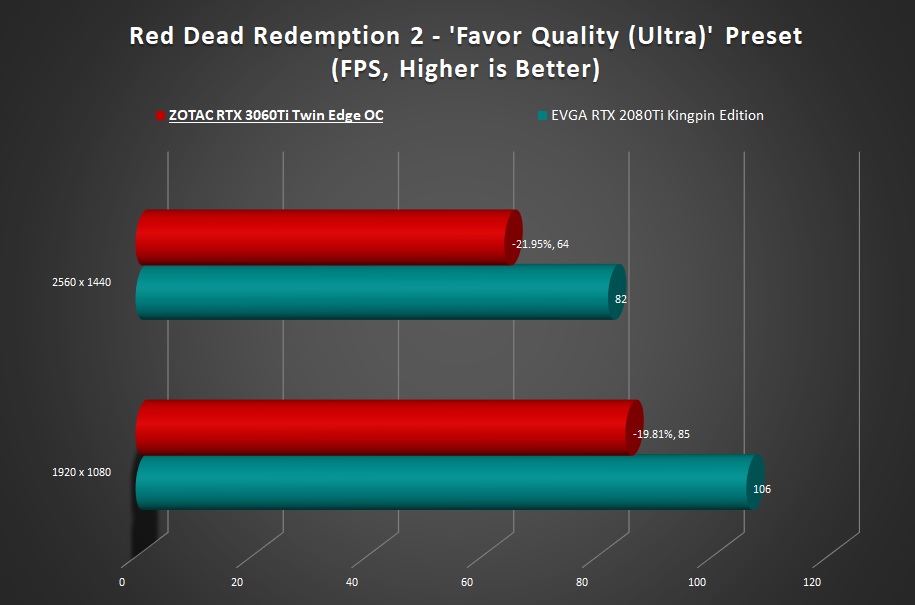
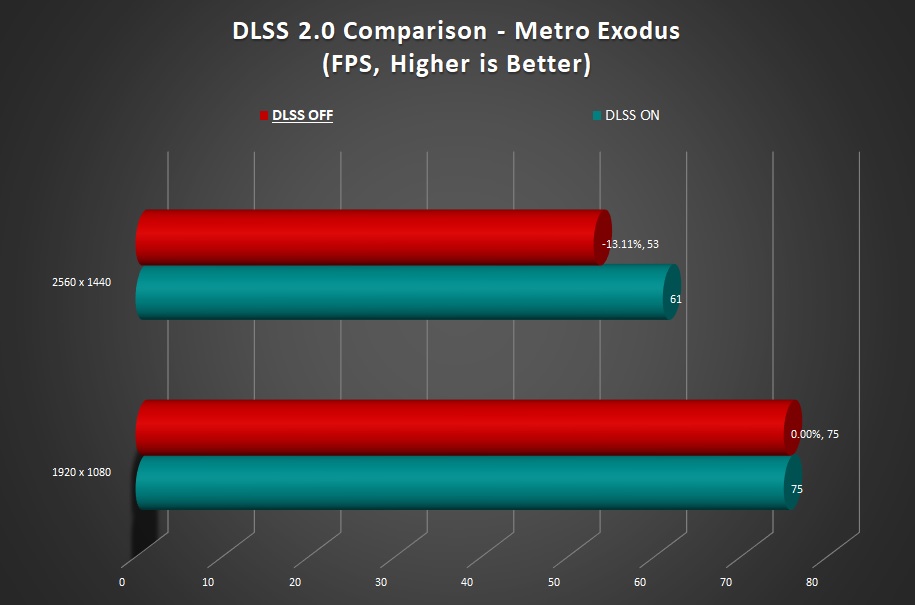

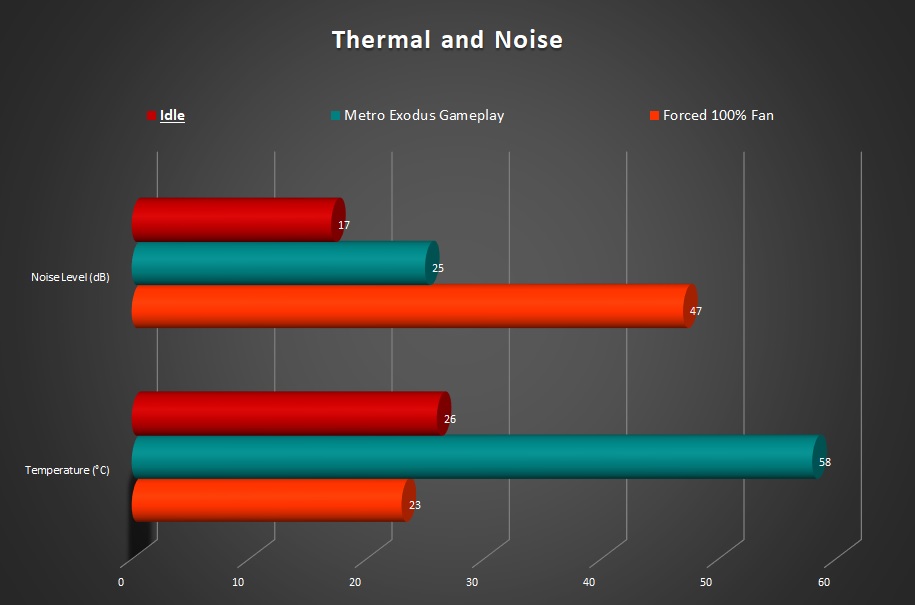
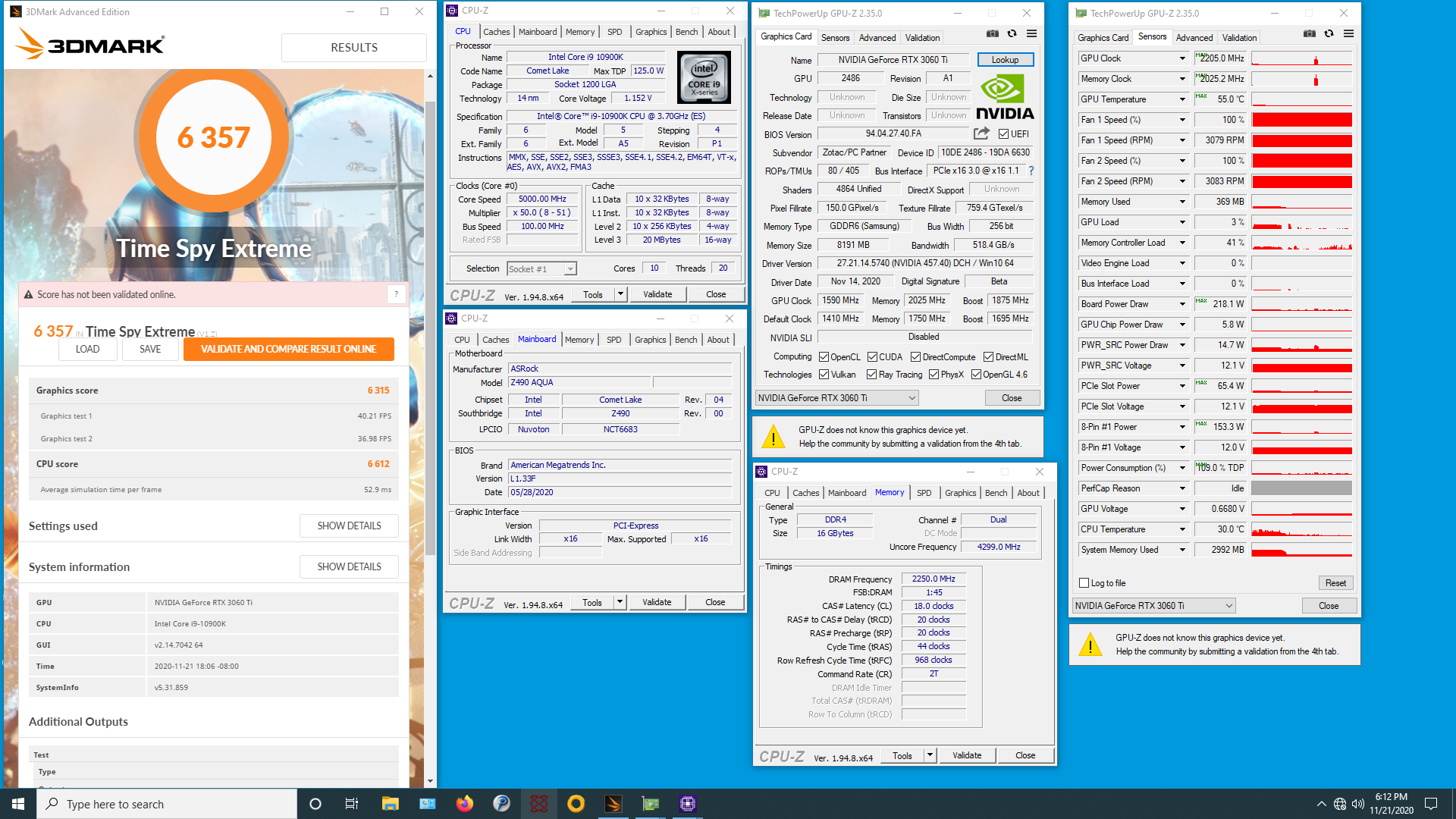
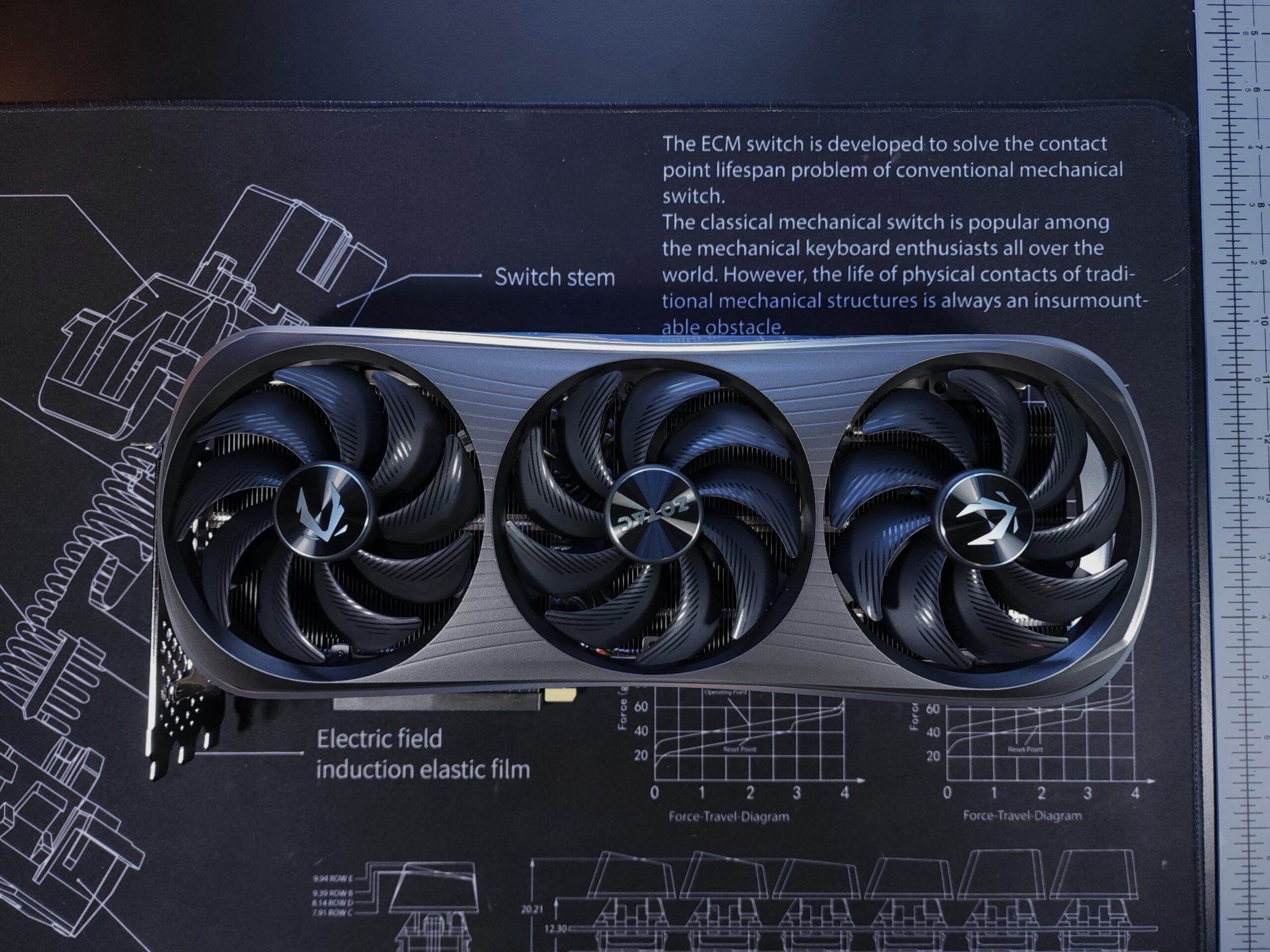
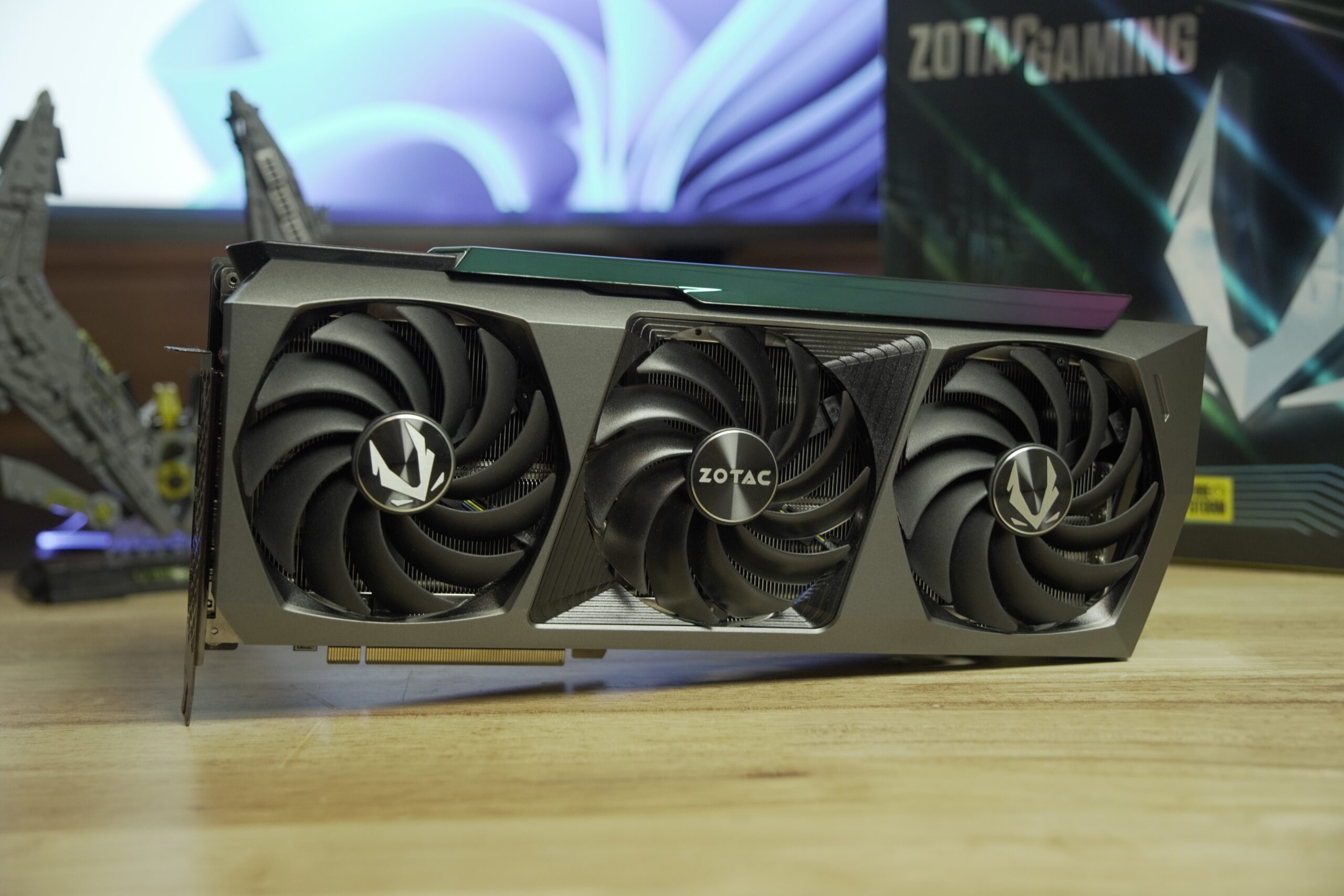
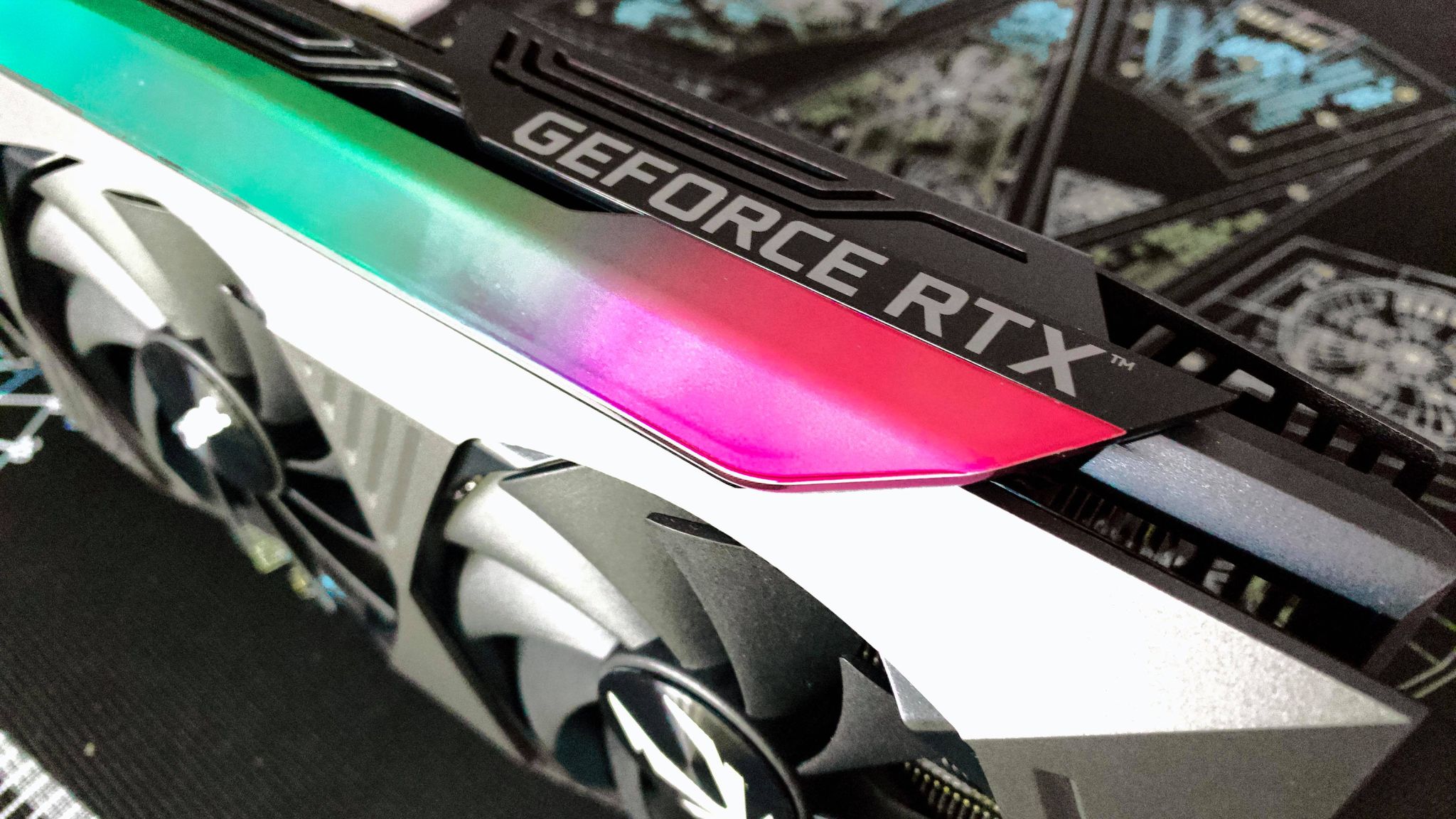
Nice review! Keep up the good work.
Beaaauuuutiffuulll!!!!!